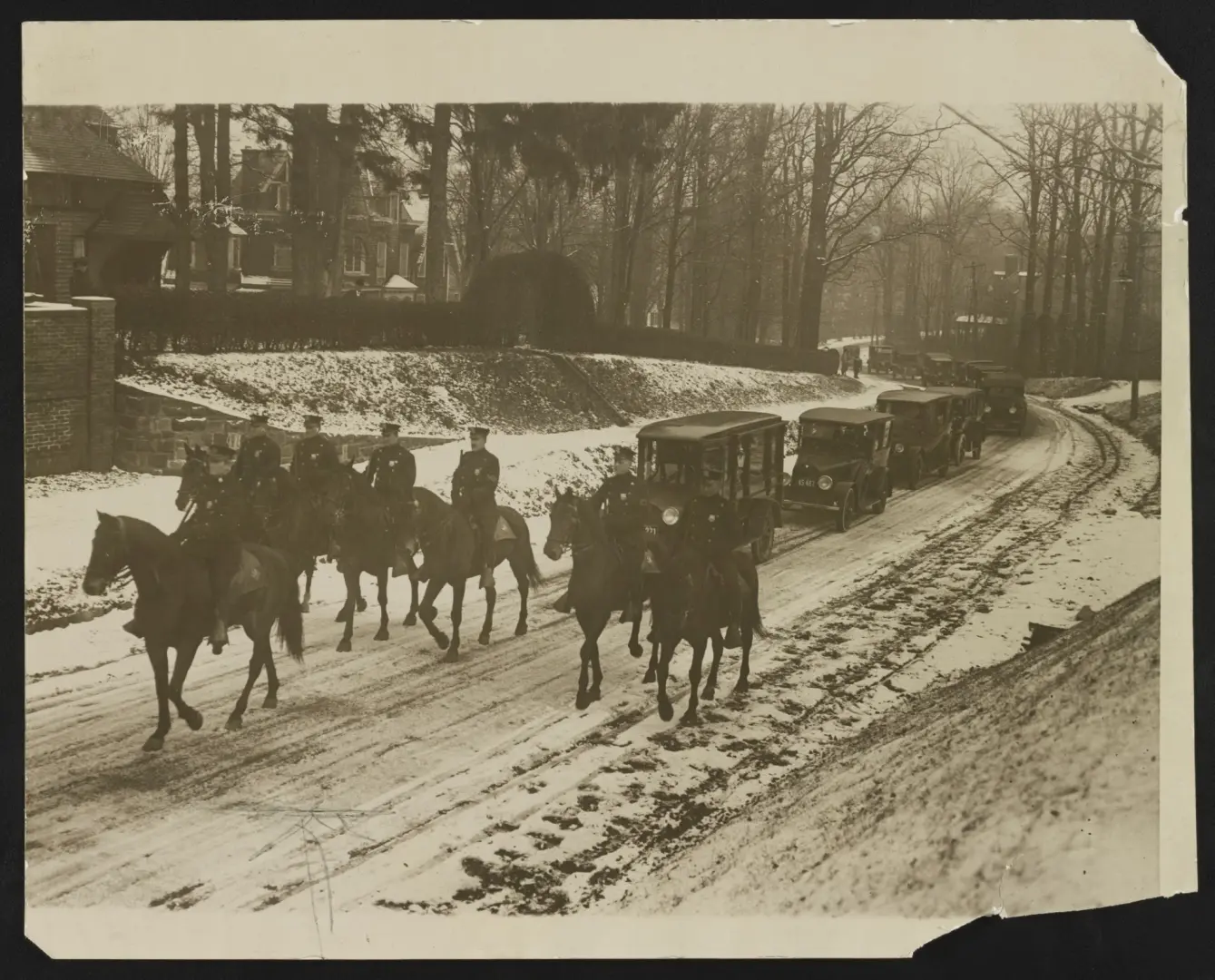THEODORE ROOSEVELT’S BIRTH
The second of four children, Theodore Roosevelt was born at 28 East 20th Street in New York City to Theodore Sr. “Thee” and Martha “Mittie” Bulloch Roosevelt. Born into a wealthy family, Roosevelt grew up in a well-established and well-respected family in New York City. As a boy, he struggled with asthma and was encouraged by his father to “make his body” through vigorous exercise. Roosevelt’s childhood, which was filled with animals, books, and explorations, set the stage for the rest of his life.
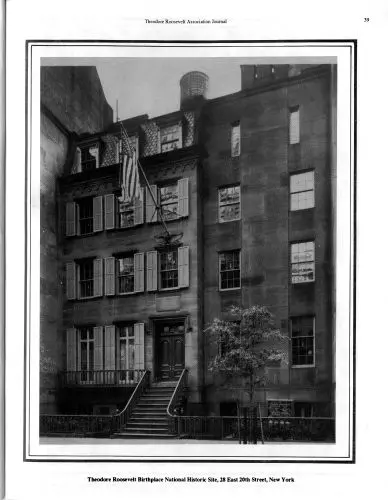
THEODORE ROOSEVELT PUBLISHES SUMMER BIRDS OF THE ADIRONDACKS WITH HENRY DAVIS MINOT
A longtime bird lover, Theodore Roosevelt made several visits to the St. Regis Lakes area in the Adirondacks, including one trip with his college friend, Henry Davis Minot. In late 1877, 19-year-old Roosevelt and Minot compiled a list of 97 birds they had seen in the Adirondacks with brief notes describing each bird. C. Hart Merriam, head of the US Biological Survey, even noted in the April 1878 Nuttall Ornithological Club bulletin that it was “[b]y far the best of these recent lists which I have seen.”
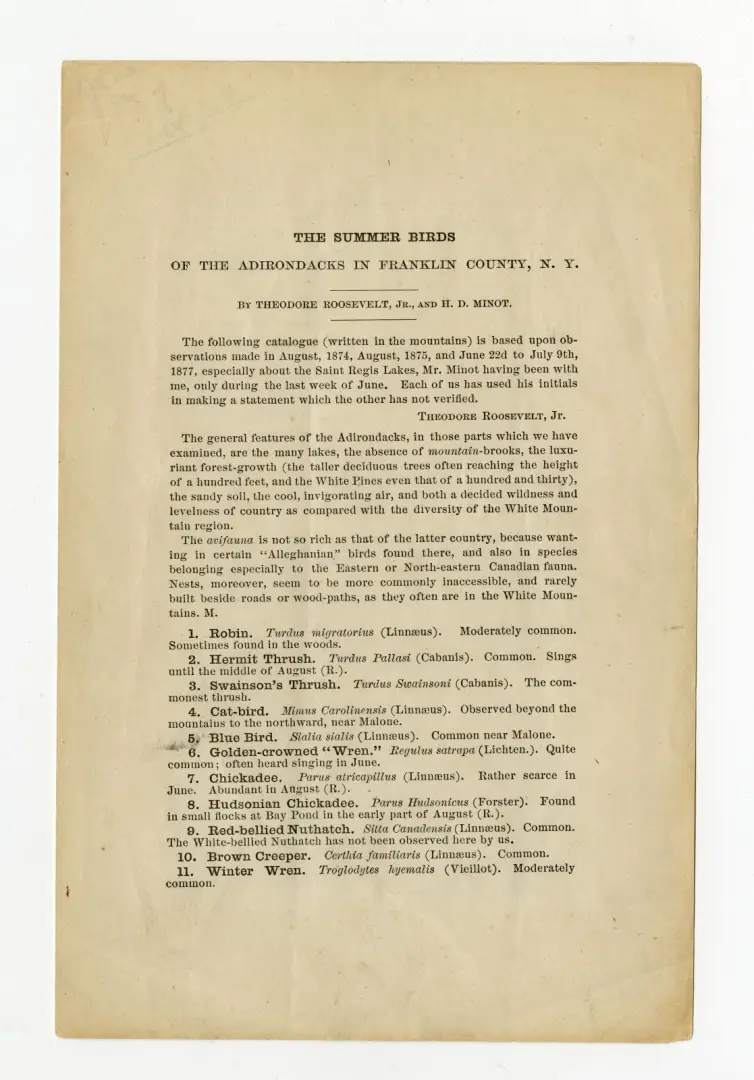
THEODORE ROOSEVELT’S FATHER DIES
Theodore Roosevelt Sr. died at the age of 46 from a gastrointestinal tumor. He had been in pain for several months but did not tell his son the extent of his pain until near the end of his life. A student at Harvard College, Roosevelt was informed of the severity of his father’s illness and took a train from Cambridge, Massachusetts, to New York City, but missed being at his father’s side when he died by a few hours. Roosevelt was 19 years old when his father died.
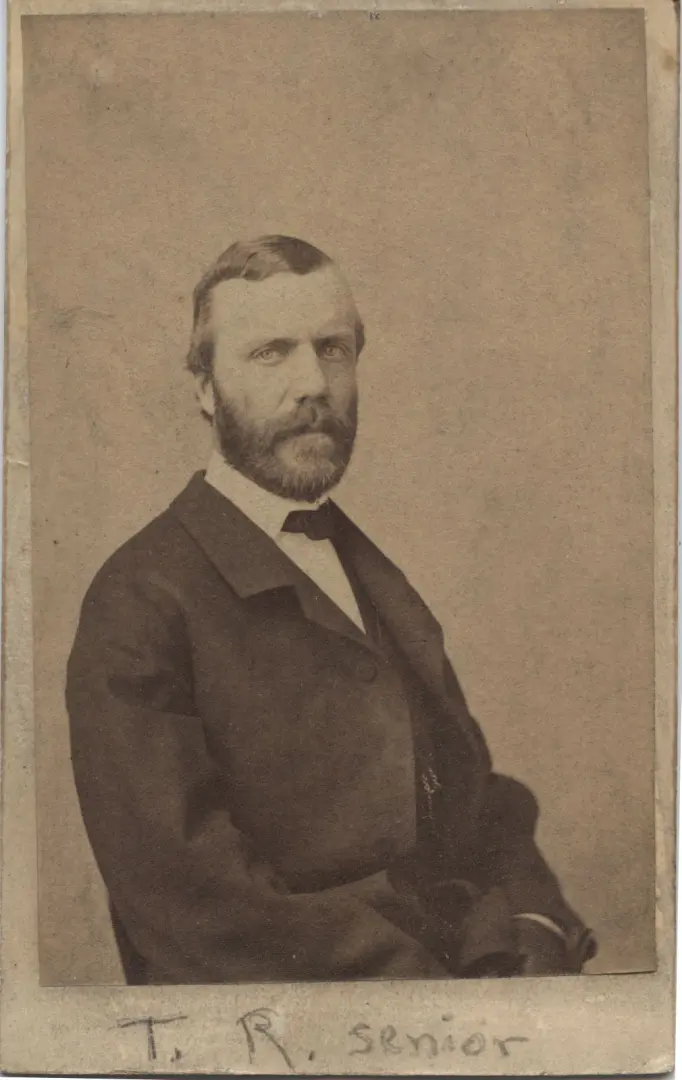
THEODORE ROOSEVELT MARRIES ALICE HATHAWAY LEE
Theodore Roosevelt was quickly captivated by Alice Hathaway Lee, known as “Sunshine,” after meeting her when he was a 19-year-old student at Harvard College. Alice initially rejected Roosevelt’s proposal to marry him but later accepted in January 1880. The couple married at First Parish Unitarian Church in Brookline, Massachusetts, on Roosevelt’s twenty-second birthday.
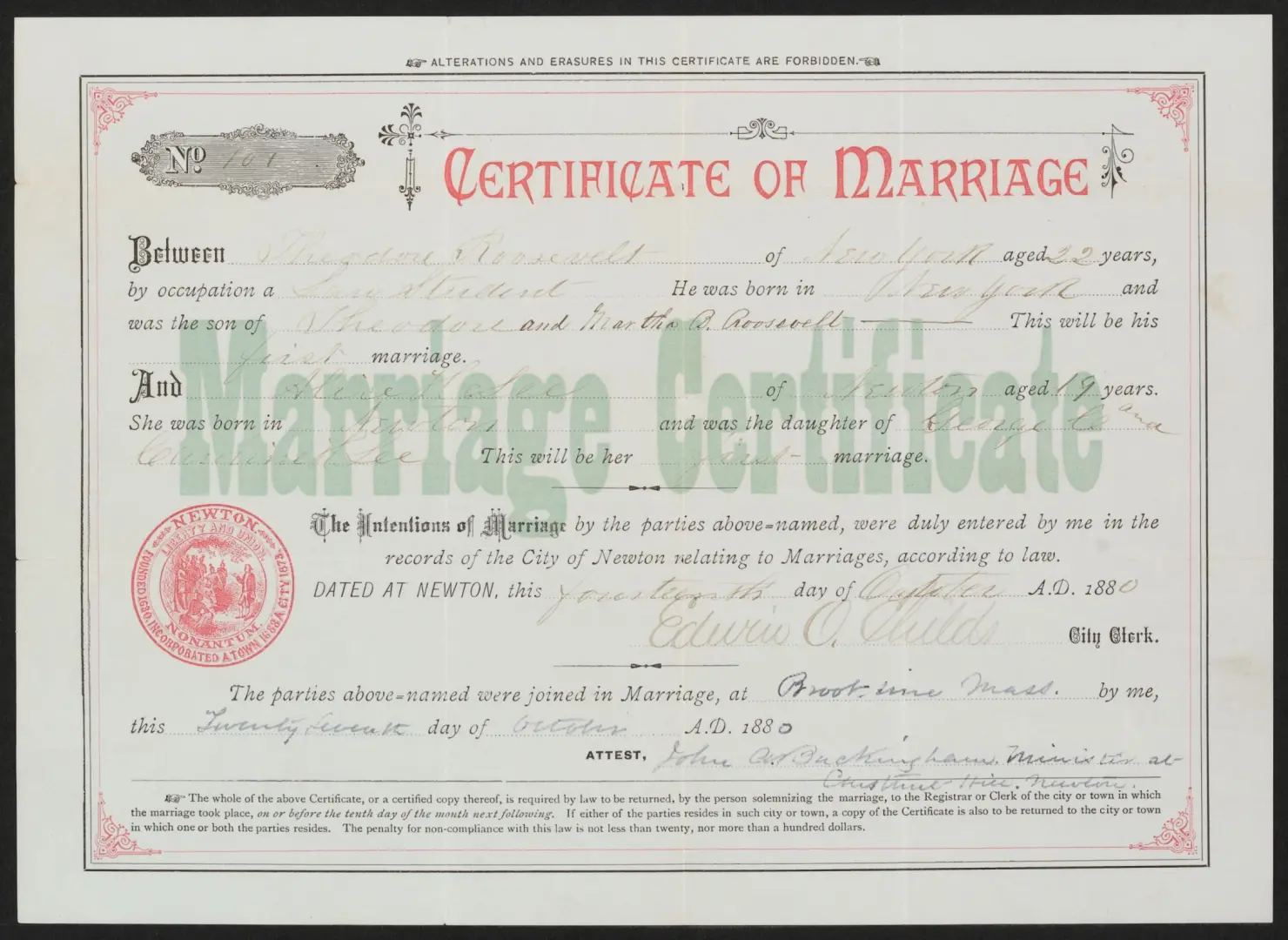
THEODORE ROOSEVELT IS ELECTED TO THE NEW YORK STATE ASSEMBLY
Shortly after his twenty-third birthday, Theodore Roosevelt began his political career as a member of the New York State Assembly, serving from 1882 to 1884. During his time in the Assembly, he quickly made a name for himself as a vigorous reformer, fighting against corruption and advocating for government reform and transparency. His efforts to combat the powerful Tammany Hall political machine and to improve labor laws marked his early commitment to public service and reform. Roosevelt’s tenure in the state legislature laid the groundwork for his future political endeavors, showcasing his dedication to justice and integrity in public office.

THEODORE ROOSEVELT TRAVELS TO NORTH DAKOTA TO HUNT BISON AND PURCHASES HIS FIRST BADLANDS RANCH
When Theodore Roosevelt was 24 years old, he headed out to the North Dakota Badlands to hunt bison, arriving in Medora on September 8, 1883. He worried about his ability to kill a bison during his trip, as he wrote to his wife Alice on September 14, “I have been out a week now, nearly, and though it is a good game country, yet, by Jove, my usual bad luck in hunting has followed; I hav’n’t killed anything, and am afraid the hall will have to go without horns, for this trip at least.” Roosevelt finally killed his first bison after two weeks of hunting at Little Cannonball Creek. Before he left, he also invested in the cattle industry and bought the Maltese Cross Ranch.
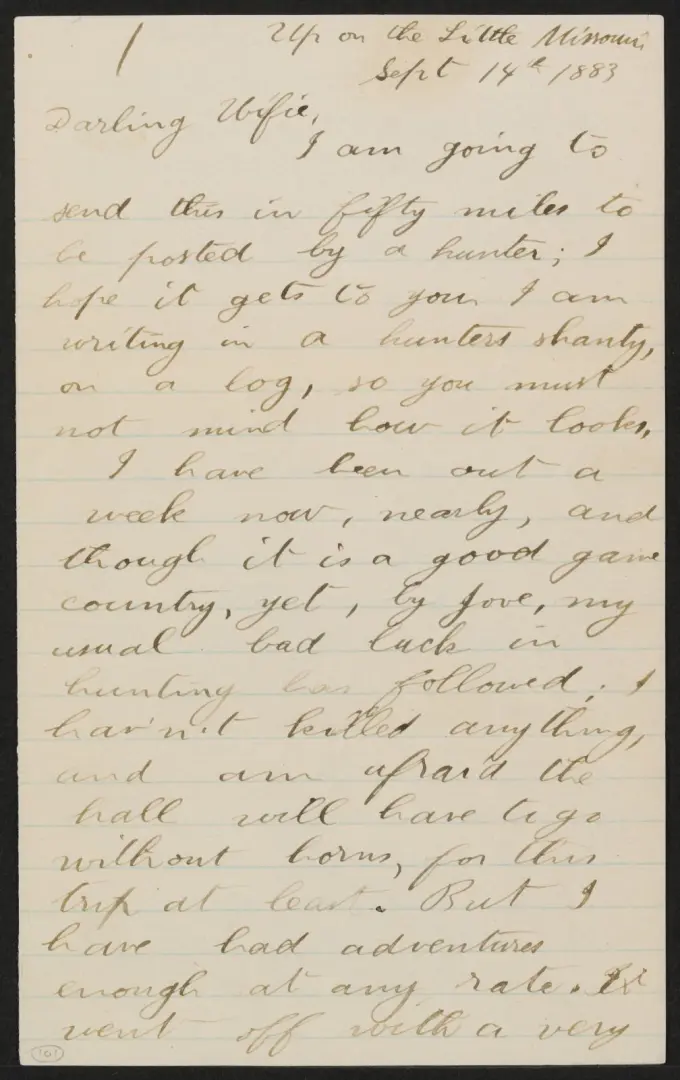
THEODORE ROOSEVELT’S DAUGHTER ALICE IS BORN
During the evening of February 12, 1884, Theodore Roosevelt’s wife Alice gave birth to an almost nine-pound daughter named Alice Lee Roosevelt. Unfortunately, Roosevelt’s wife was suffering from Bright’s disease and passed away two days later at 2 p.m. on February 14, 1884, with Roosevelt by her side. Alice was buried on February 16, and daughter Alice was christened the day after the funeral. Roosevelt was 25 years old when his daughter was born.
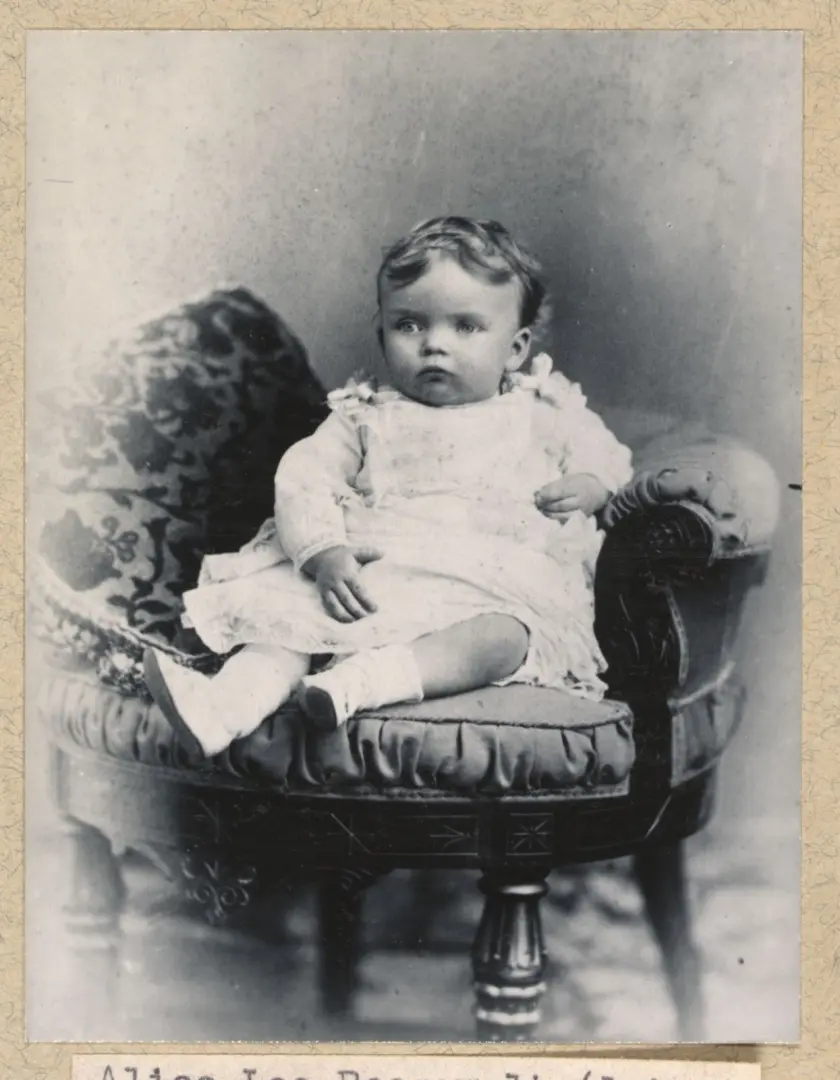
THEODORE ROOSEVELT’S MOTHER MITTIE AND HIS WIFE ALICE DIE ON THE SAME DAY
Just two days after the birth of his daughter Alice, Theodore Roosevelt’s mother Mittie and wife Alice died on the same day on February 14, 1884. Mittie died from typhoid fever at three in the morning and Alice died from Bright’s disease in the afternoon. They were both buried on February 16, 1884. Roosevelt famously marked an X in his pocket diary with the words, “The light has gone out of my life.” Roosevelt was only 25 years old.
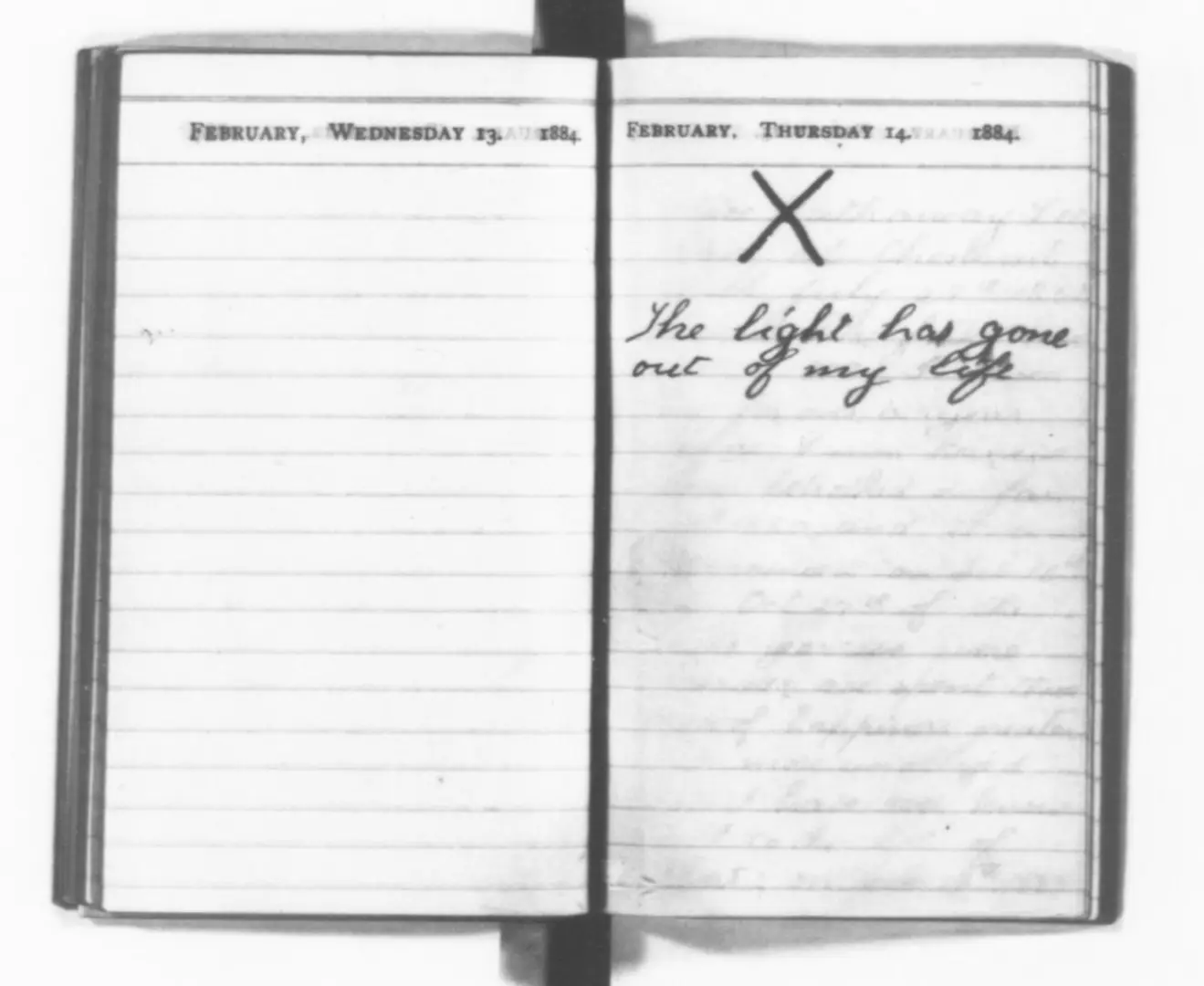
THEODORE ROOSEVELT SERVES AS A DELEGATE TO THE REPUBLICAN NATIONAL CONVENTION IN CHICAGO
Just a few months after the death of his mother and his wife, 25-year-old Theodore Roosevelt served as a delegate-at-large from New York at the Republican National Convention in Chicago in 1884. Roosevelt and Massachusetts delegate Henry Cabot Lodge fought against the party’s choice, James G. Blaine, even though Blaine eventually secured the nomination. One noteworthy component of the convention was that Lodge and Roosevelt supported John R. Lynch, a Black delegate from Mississippi and former enslaved man, to serve as the temporary chairman. He was the first African American to chair a political party’s national convention.
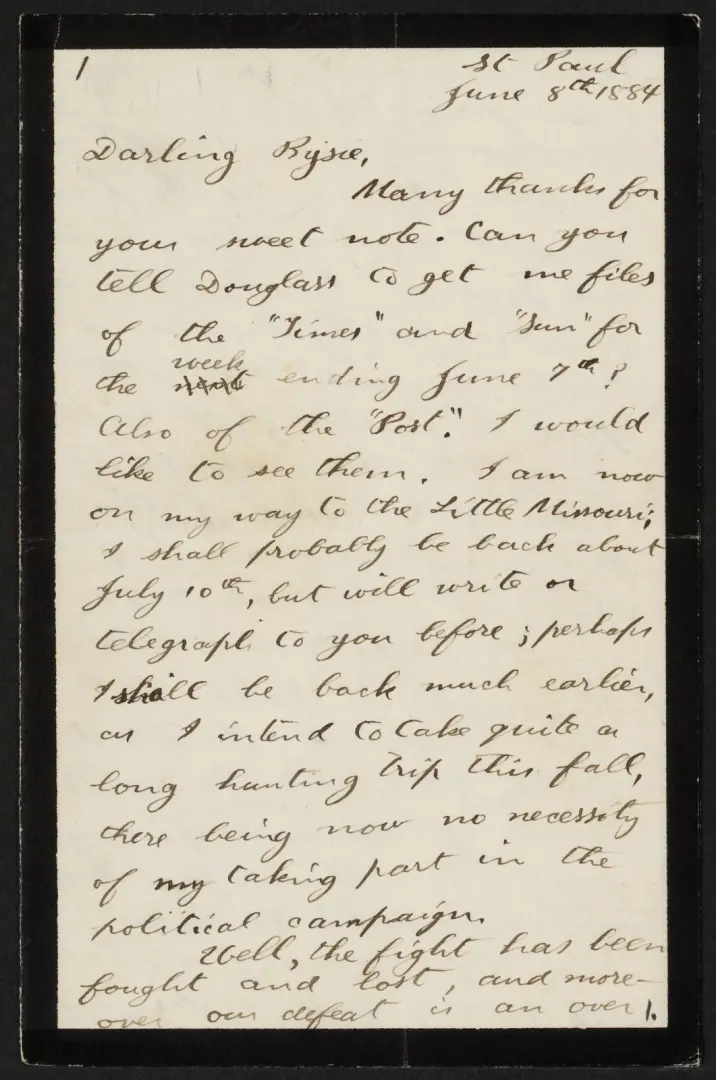
THEODORE ROOSEVELT MARRIES EDITH KERMIT CAROW
Theodore Roosevelt and Edith Kermit Carow had been friends from a young age. Some even thought the two would marry based on their lengthy letters and deep friendship. After Roosevelt went to Harvard College, he became smitten by Alice Hathaway Lee, whom he later married. When Alice died in 1884, Roosevelt did not plan to marry again. However, he rekindled his friendship with Edith after seeing her in his sister Anna’s home. The two became engaged on November 17, 1885, and were married just over a year later on December 2, 1886, shortly after Roosevelt’s twenty-eighth birthday.
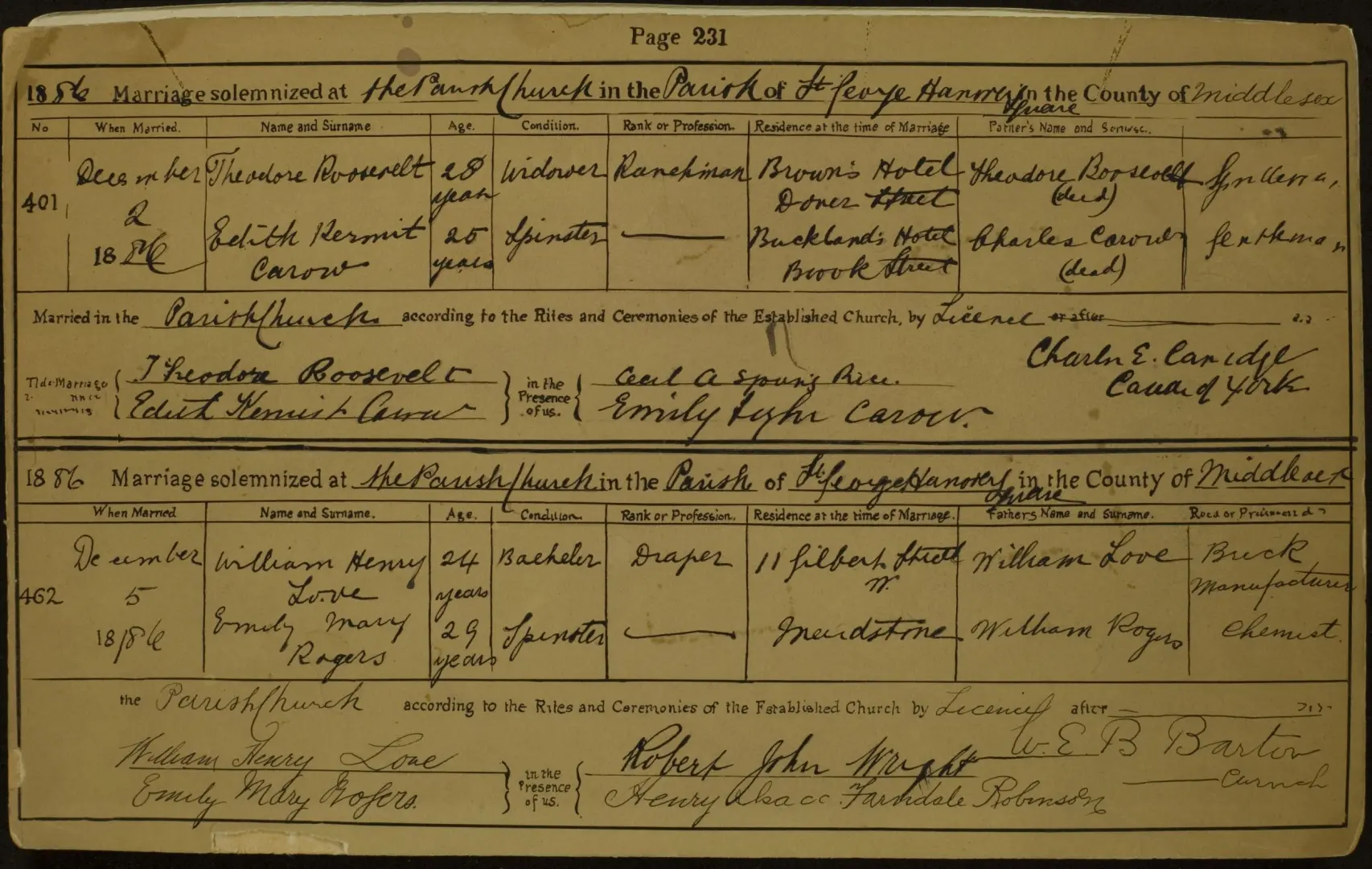
THEODORE ROOSEVELT’S SON THEODORE JR. “TED” IS BORN
Theodore and Edith Roosevelt’s first child, Theodore Jr. “Ted,” was born at the family home at Sagamore Hill in Oyster Bay, New York. As Roosevelt referred to him in a letter to his sister Corinne a week after Ted’s birth as “the funny little fellow” while big sister Alice remarked of him: “my little brother’s a howling polly parrot.” Roosevelt was 28 years old when Ted, who was eight-and-a-half pounds at birth, was born.
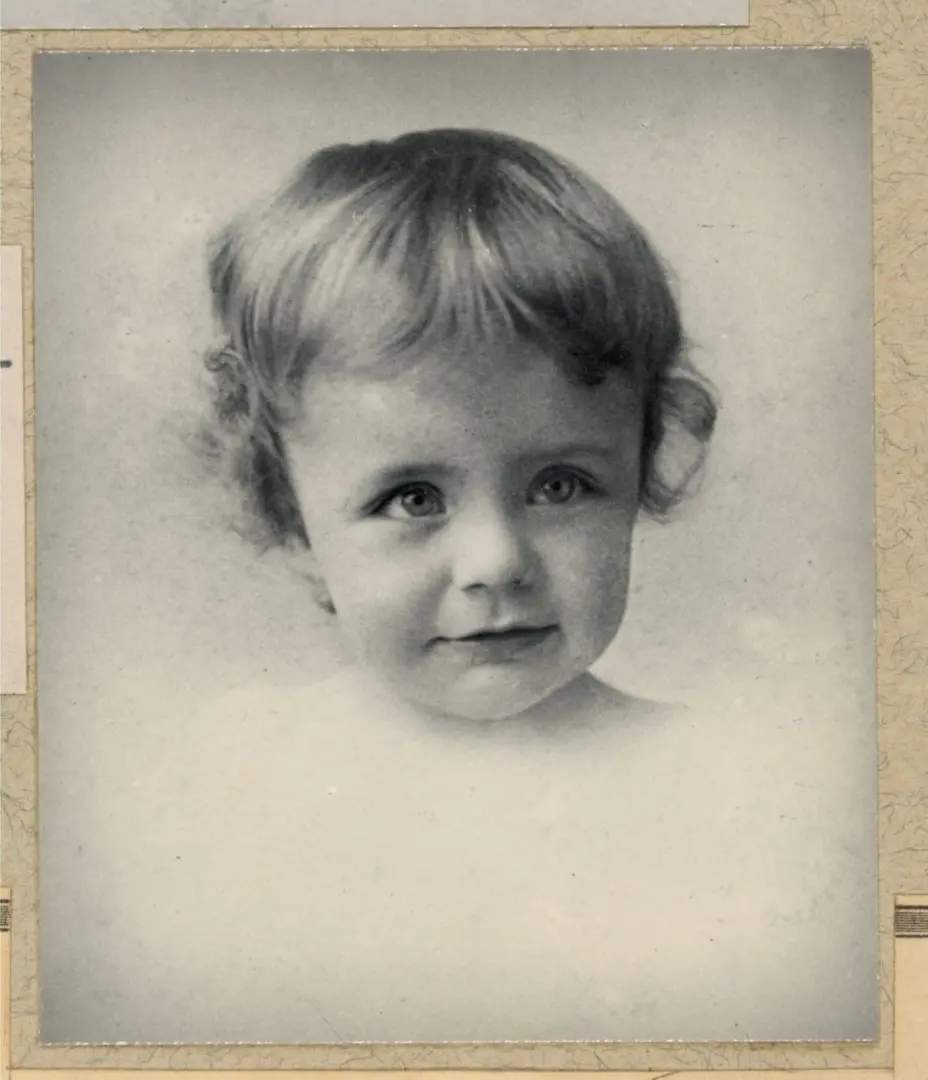
THEODORE ROOSEVELT IS NAMED CIVIL SERVICE COMMISSIONER BY PRESIDENT BENJAMIN HARRISON
Advised by Massachusetts Representative Henry Cabot Lodge, President Benjamin Harrison appointed thirty-year-old Theodore Roosevelt as one of three commissioners on the Civil Service Commission. Roosevelt saw this position as his “first opportunity to do big things,” and he sought to fight corruption in the government. As he wrote in a letter to Lodge, “I am perfectly willing to be turned out – or legislated out – but while in office I mean business.” Roosevelt served as a civil service commissioner from 1889 to 1895—four years under Harrison and two years under President Grover Cleveland.
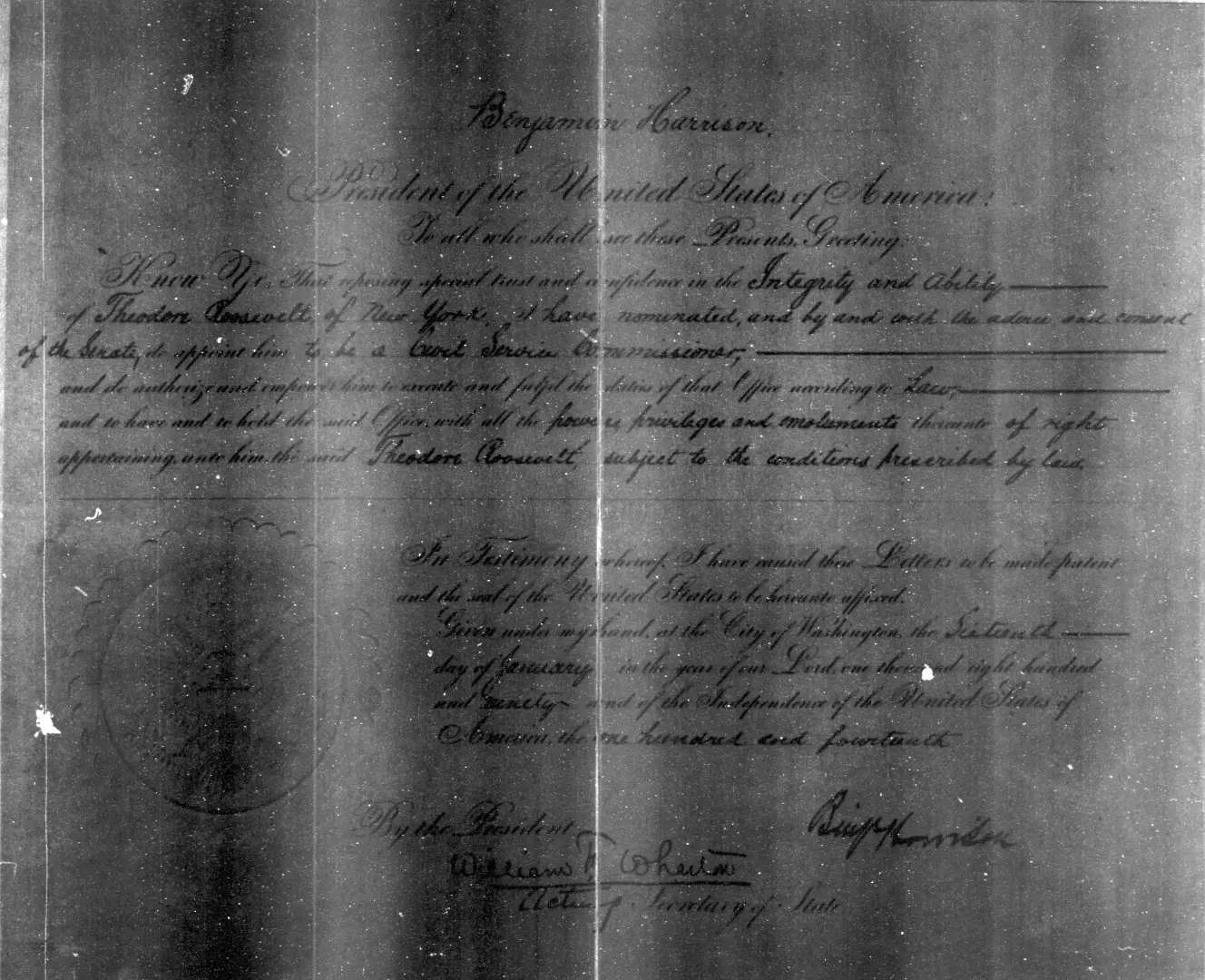
THEODORE ROOSEVELT’S SON KERMIT IS BORN
Just a few weeks before Theodore Roosevelt’s thirty-first birthday, his son Kermit was born after a less than two-hour labor. As Roosevelt noted in a letter to his mother-in-law Gertrude Tyler Carow, “Kermit is perfectly shaped, and seems very healthy; he is a little smaller than Ted was.” Older brother Ted was delighted with Kermit, calling him “little brother in a blanket.”
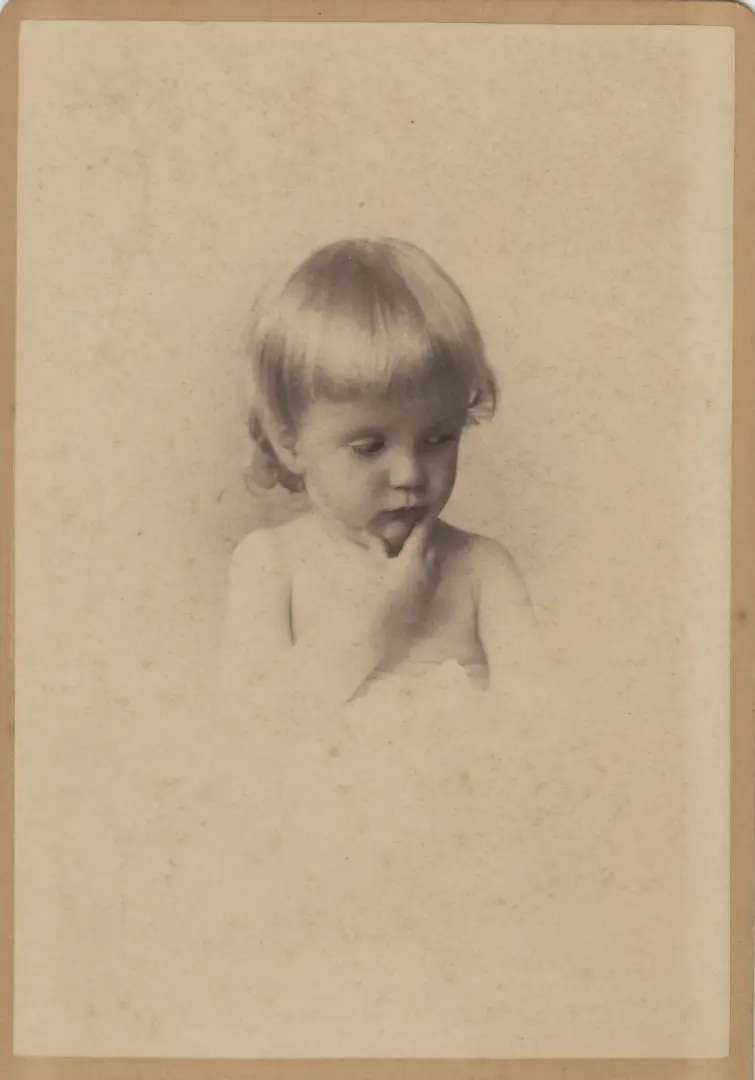
THEODORE ROOSEVELT’S DAUGHTER ETHEL IS BORN
When Theodore Roosevelt was 32 years old, Edith and he welcomed “another little daughter” named Ethel. Born in Oyster Bay, New York, Ethel was Theodore and Edith’s only daughter together.
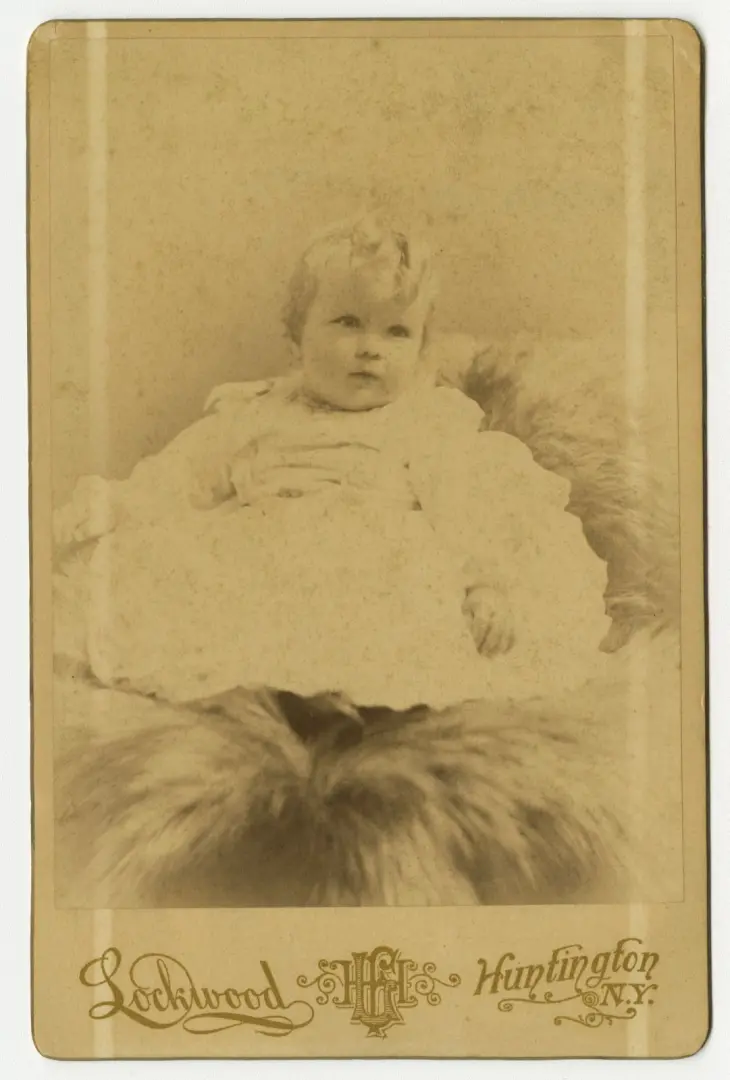
THEODORE ROOSEVELT’S SON ARCHIBALD IS BORN
As 35-year-old Theodore Roosevelt wrote in a letter to his mother-in-law Gertrude Tyler Carow, Archibald was born “at twenty five minutes of one this morning, after the shortest and easiest labor Edith has ever had.” Edith and Theodore named their son Archibald Bulloch “after his great-great grandfather the first Revolutionary Governor of Georgia.” All the children were delighted with their new brother, especially Alice and Ted.
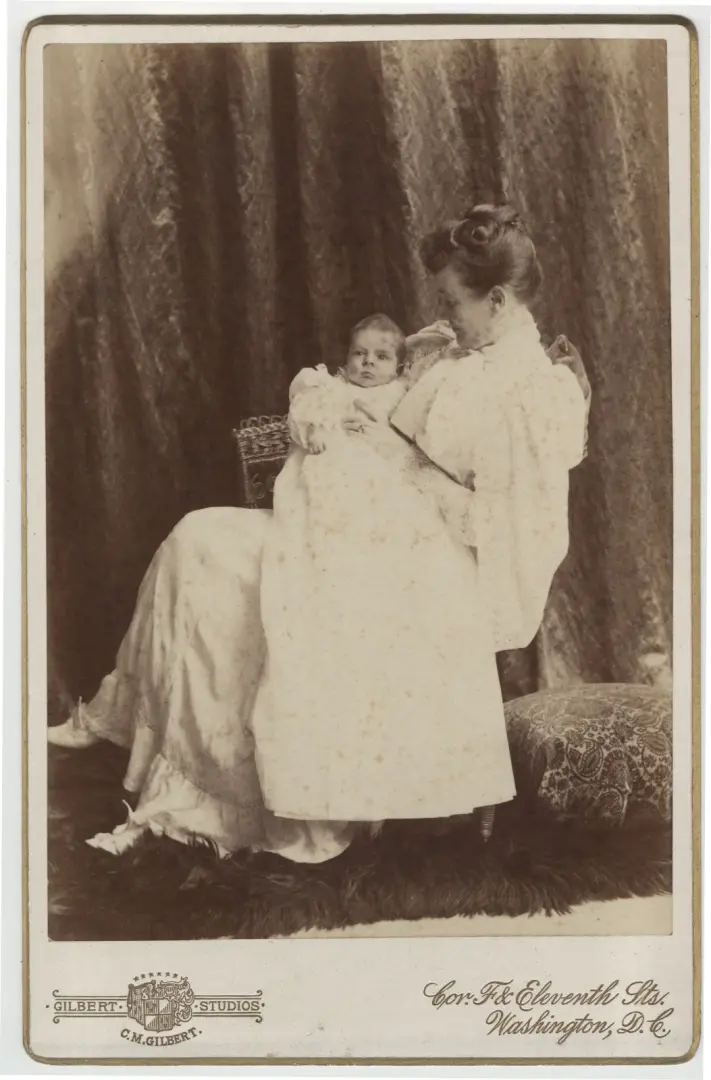
THEODORE ROOSEVELT IS SWORN IN AS A NEW YORK CITY POLICE COMMISSIONER
On May 6, 1895, 36-year-old Theodore Roosevelt became a New York City Police Commissioner and Board President. As he had done in other positions, Roosevelt sought to fight corruption. He noted in a letter to his sister Anna Roosevelt Cowles, “I have never worked harder than during the last two weeks,” observing that he had “the most important and most corrupt department in New York on my hands.” During his two years of service, Roosevelt gained the reputation of a reformer—a description he would hold throughout the rest of his political career.
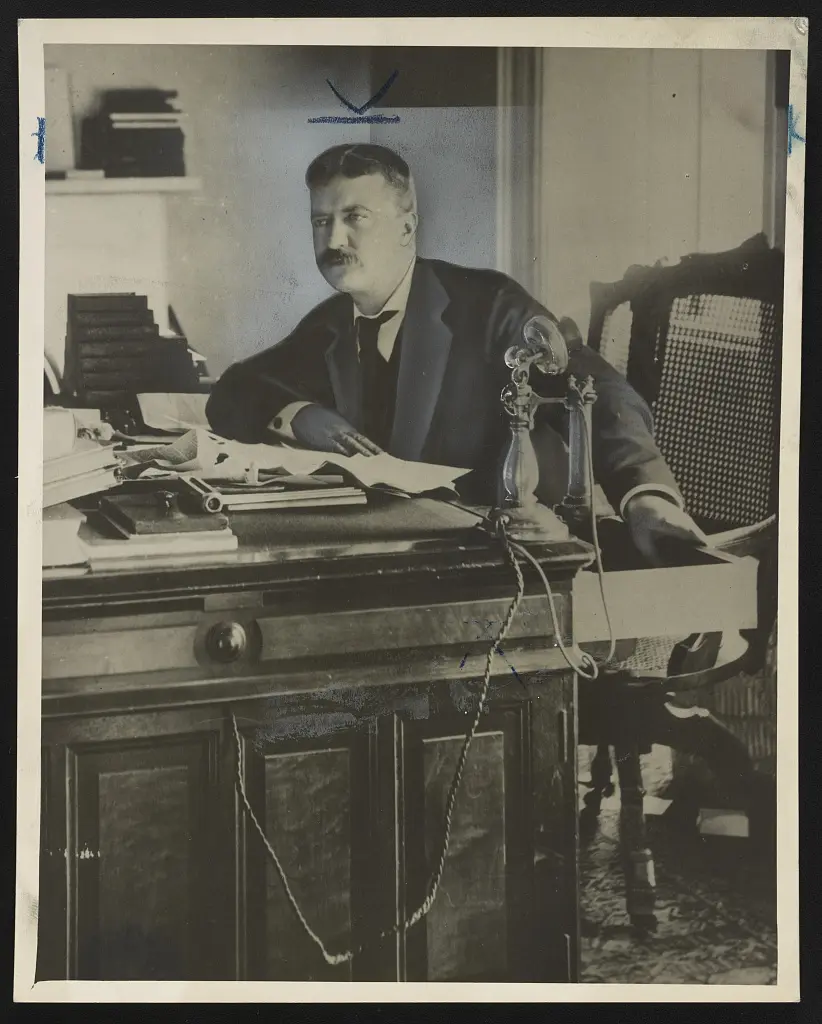
THEODORE ROOSEVELT ASSUMES OFFICE AS ASSISTANT SECRETARY OF THE NAVY
In April 1897, Theodore Roosevelt, who was 38 years old at the time, was appointed Assistant Secretary of the Navy by President William McKinley. In a letter to his sister Anna Roosevelt Cowles, Roosevelt attributed the appointment to Massachusetts Senator Henry Cabot Lodge whose “untiring energy and devotion which put me in . . .” It also helped that Secretary of the Navy John Davis Long “really wanted me,” in Roosevelt’s words. Roosevelt held this position for just over a year until May 1898.
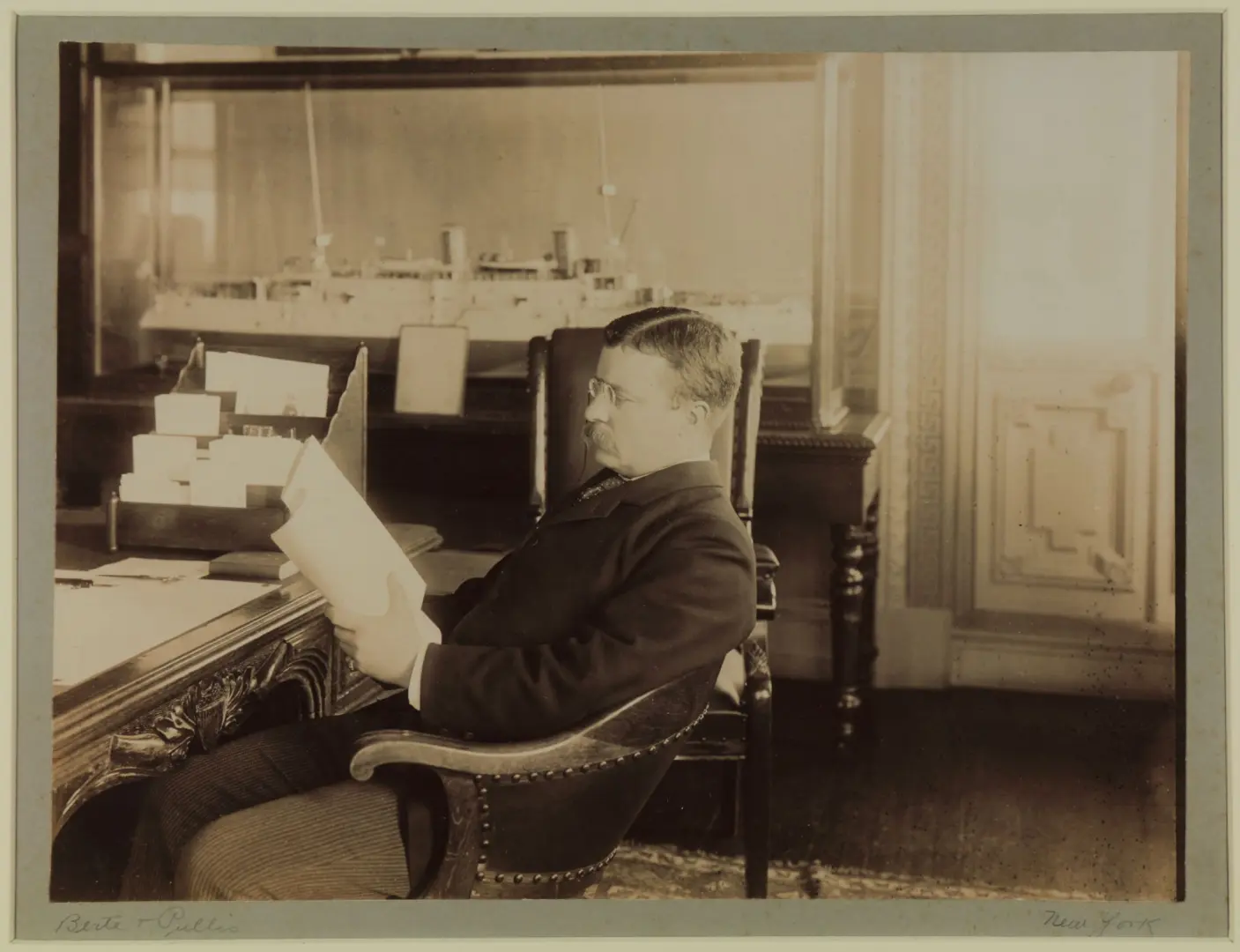
THEODORE ROOSEVELT’S SON QUENTIN IS BORN
A few weeks after his thirty-nineth birthday, Theodore Roosevelt and Edith welcomed their last child, Quentin Roosevelt. Born at 7:30 a.m., Quentin arrived “very unexpectedly” as Roosevelt mentions in a letter to his sister, Anna Roosevelt Cowles, and he “just got the Doctor & Nurse in time!”
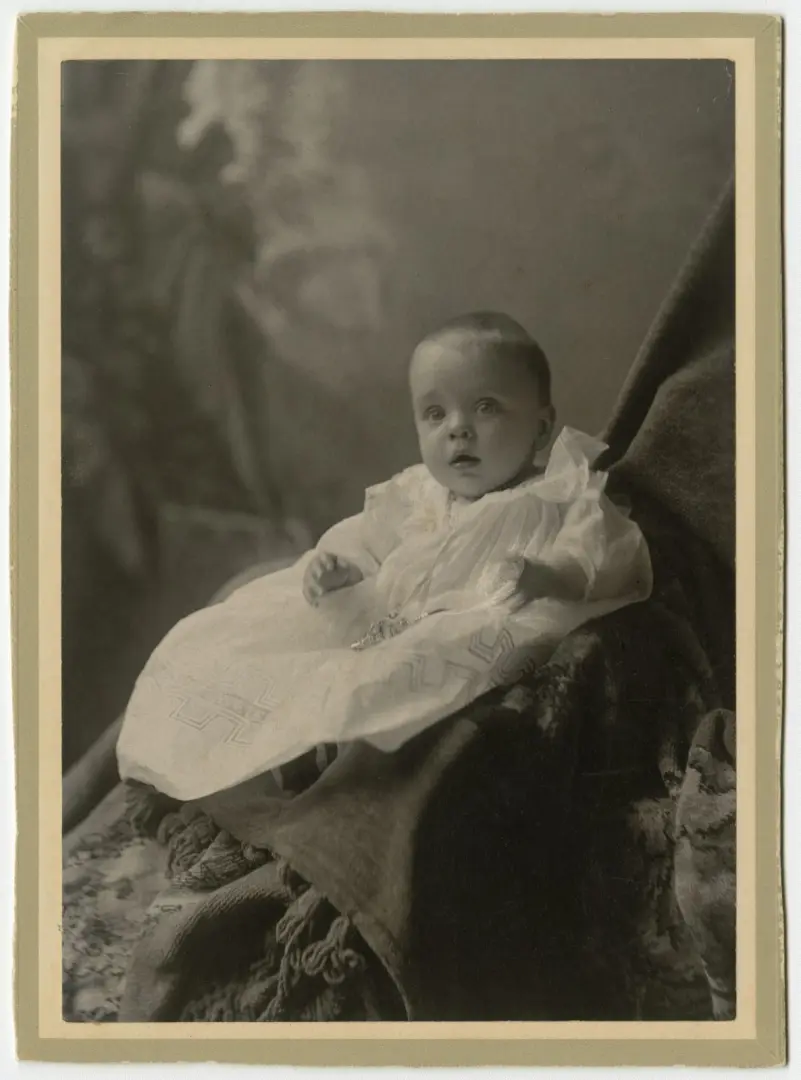
THEODORE ROOSEVELT IS APPOINTED LIEUTENANT COLONEL OF THE FIRST US VOLUNTEER CALVARY “ROUGH RIDERS”
After the sinking of the USS Maine on February 15, 1898, the United States declared war on Spain. Thirty-nine-year-old Theodore Roosevelt was eager to join the fight. On April 25, 1898, President William McKinley appointed him Lieutenant Colonel of the First US Volunteer Calvary, which became known as the Rough Riders. The official uniform of the unit was a slouch hat, blue flannel shirt, brown trousers and leggings, and polka-dot bandanas. All in all, there were 1,060 Rough Riders.
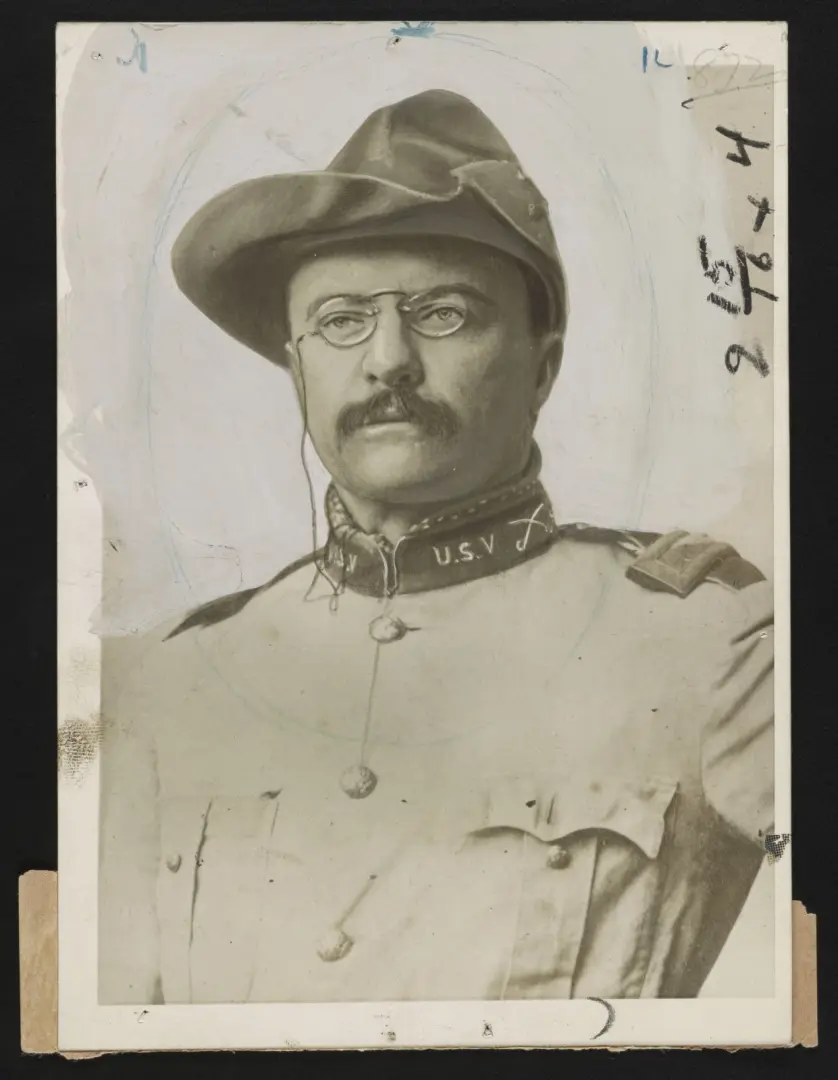
BATTLE OF SAN JUAN HEIGHTS AND THEODORE ROOSEVELT’S CHARGE UP KETTLE HILL
On July 1, 1898, 39-year-old Theodore Roosevelt and the Rough Riders received the order to advance toward the San Juan River, which they eventually forded. The Rough Riders were ordered to support the US Army regulars attacking nearby San Juan Hill. Mounted on his horse, Texas, Roosevelt advanced up Kettle Hill with other Rough Riders and Ninth Infantry troops, penetrating the Spanish line. Eighty-nine Rough Riders lost their lives in the fight to gain control of San Juan and Kettle Hills.
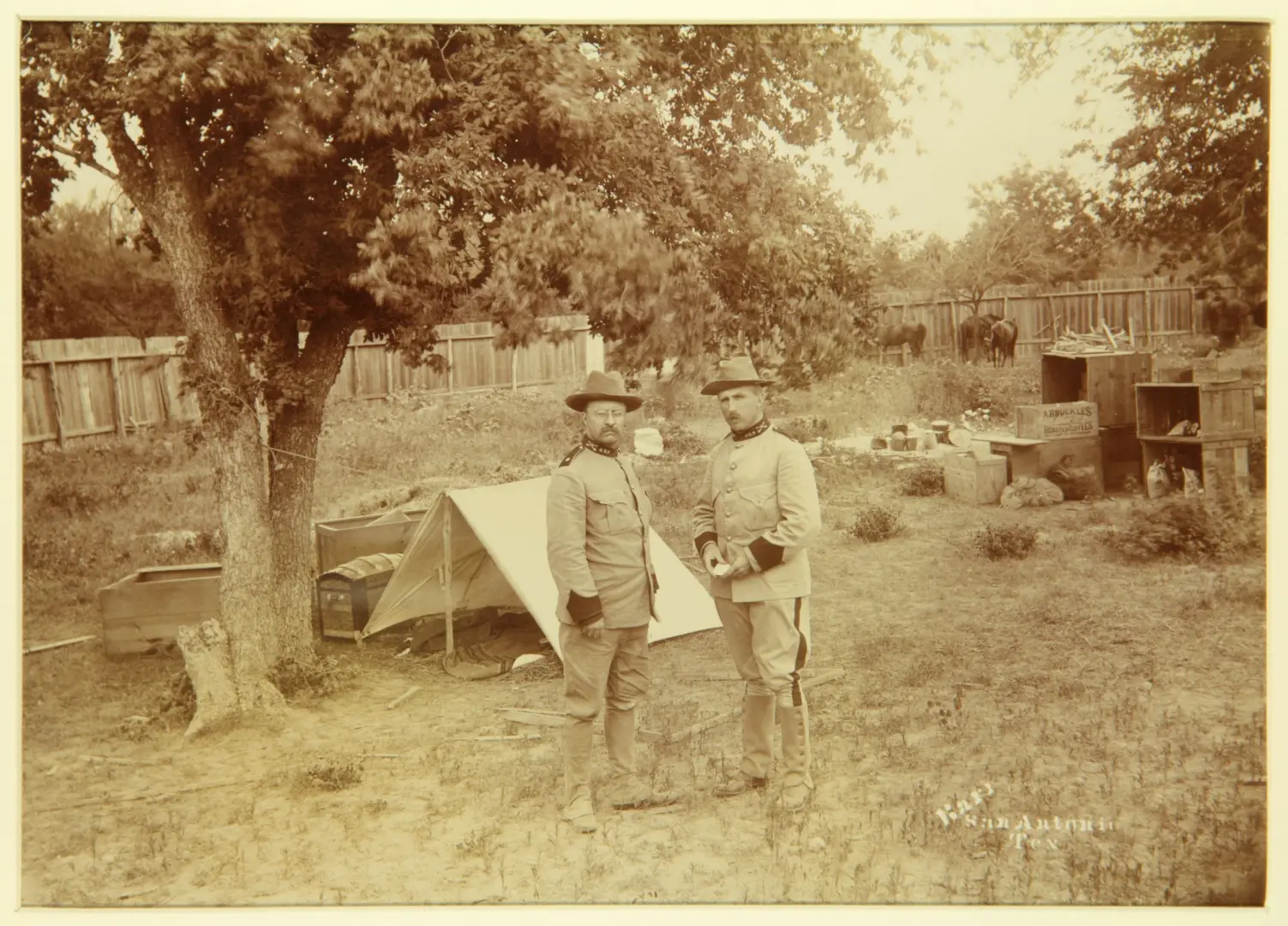
THEODORE ROOSEVELT IS ELECTED GOVERNOR OF NEW YORK
When Theodore Roosevelt returned from the Spanish-American War, he was a war hero and was proposed as a candidate for the New York governorship. Throughout his campaign, Roosevelt traversed the entire state speaking at every village and whistle stop. Roosevelt, now 40 years old, won the governorship by a narrow margin. Serving as governor for two years, Roosevelt signed nearly 1,000 bills into law, including some that improved sweatshop conditions and working hours, particularly for women and children. He gained the ire of the state’s Republican Party boss, Thomas C. Platt, who had helped him win the election, because Roosevelt would not give out patronage jobs.
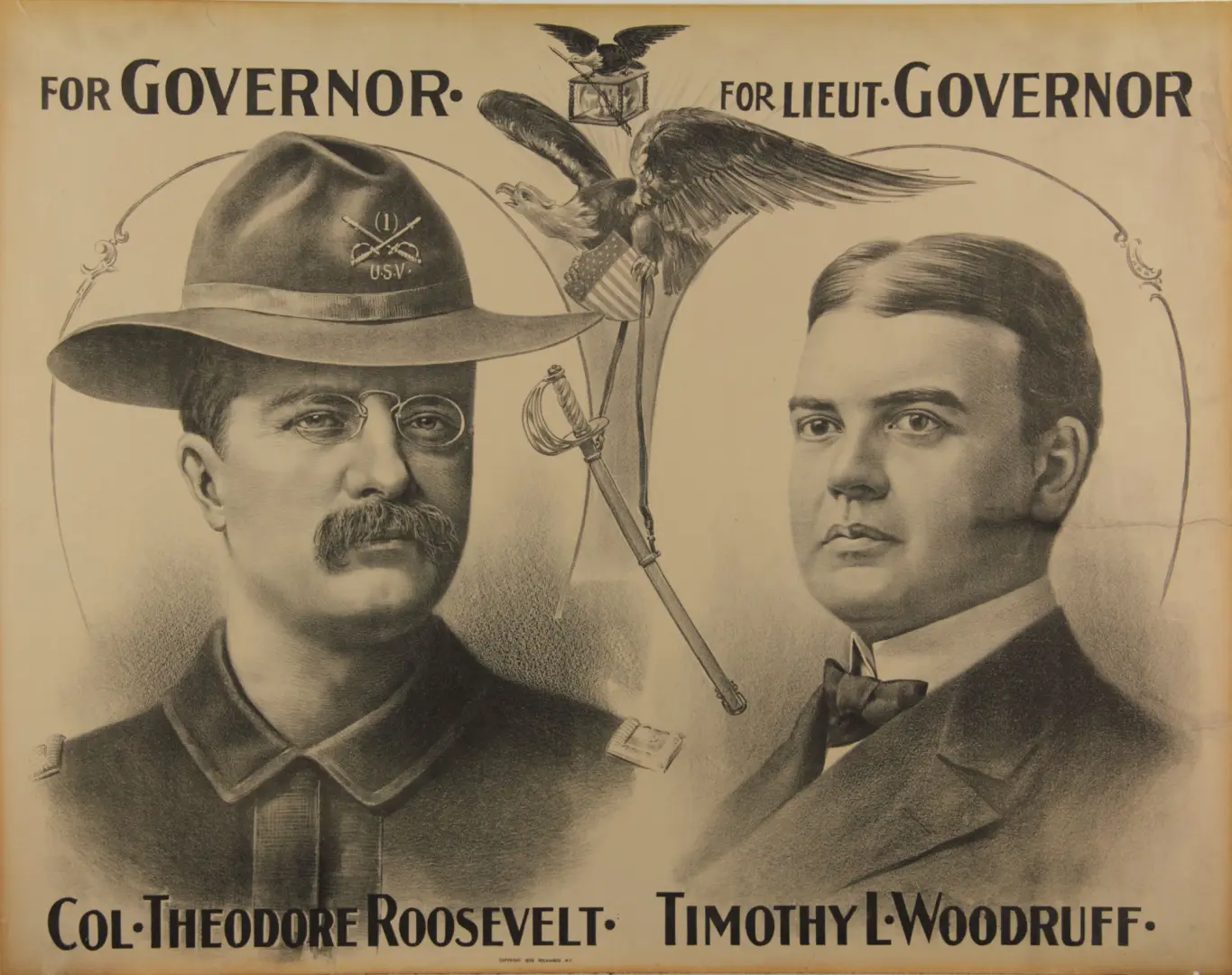
THEODORE ROOSEVELT IS ELECTED VICE PRESIDENT OF THE UNITED STATES
Theodore Roosevelt’s refusal to cooperate with the state’s Republican Party boss, Thomas C. Platt, prompted Platt to propose Roosevelt as a vice presidential candidate on the ticket with President William McKinley. The duo swept the election, and 42-year-old Roosevelt believed it meant his political death. Roosevelt’s premonitions were wrong. Six months after the inauguration, McKinley was assassinated at the Pan-American Exposition in Buffalo, New York, and Roosevelt assumed the office.
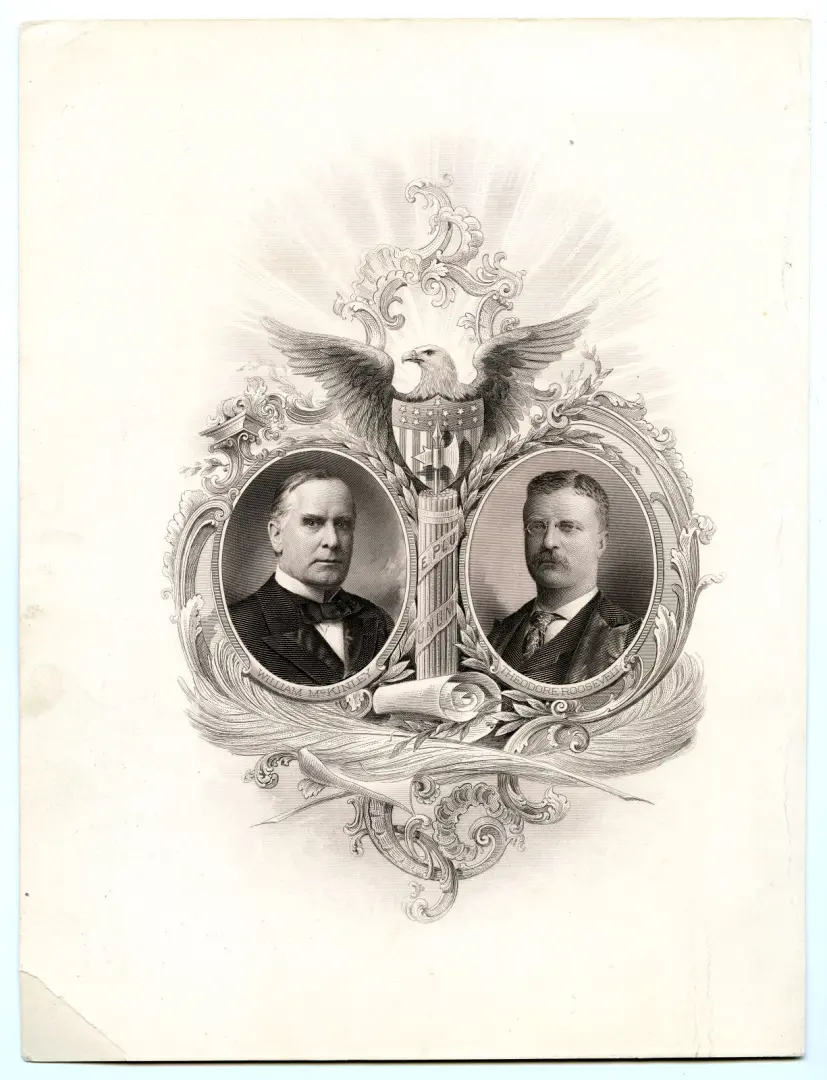
THEODORE ROOSEVELT BECOMES THE TWENTY-SIXTH PRESIDENT
Less than a year after the 1900 election, President William McKinley was assassinated at the Pan-American Exposition. Forty-two-year-old Roosevelt, who was hiking Mount Marcy in the Adirondacks at the time, was summoned to Buffalo, New York. He was sworn in as the twenty-sixth president of the United States—the youngest president in American history.

THEODORE ROOSEVELT DINES WITH BOOKER T. WASHINGTON
Just a few weeks after becoming president and less than 10 days before his forty-third birthday, Theodore Roosevelt invited well-known African American Booker T. Washington to the White House for a formal dinner. It was the first time a Black American had been invited to a formal dinner at the White House. The response after the event was largely negative, particularly from people in the South who condemned Roosevelt for entertaining a Black man. While Roosevelt continued to correspond with Washington and other African Americans and meet with them during working hours throughout his presidency, he never invited Washington or another Black person to a formal dinner at the White House again.
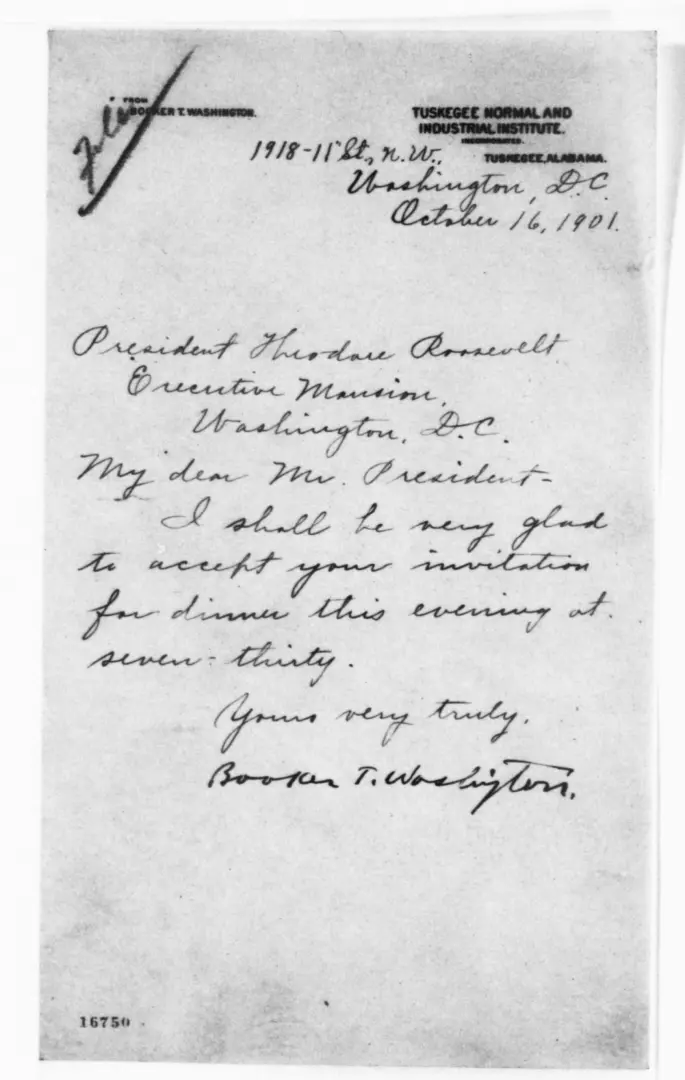
THEODORE ROOSEVELT HELPS FACILITATE AN END TO THE ANTHRACITE COAL STRIKE
On May 12, 1902, mine workers in eastern Pennsylvania began a strike after mine operators refused to meet with representatives of the union. The workers requested higher wages and a shorter work week. The strike dragged on into the fall. Massachusetts Senator Henry Cabot Lodge, a friend of then 43-year-old Theodore Roosevelt, encouraged Roosevelt to address the strike before elections in November. In October 1902, Roosevelt met with mine operators and union leaders and formed a commission to investigate the strike. The mine operators agreed to abide the findings of the commission, and the union voted to end the strike on October 20, 1902.
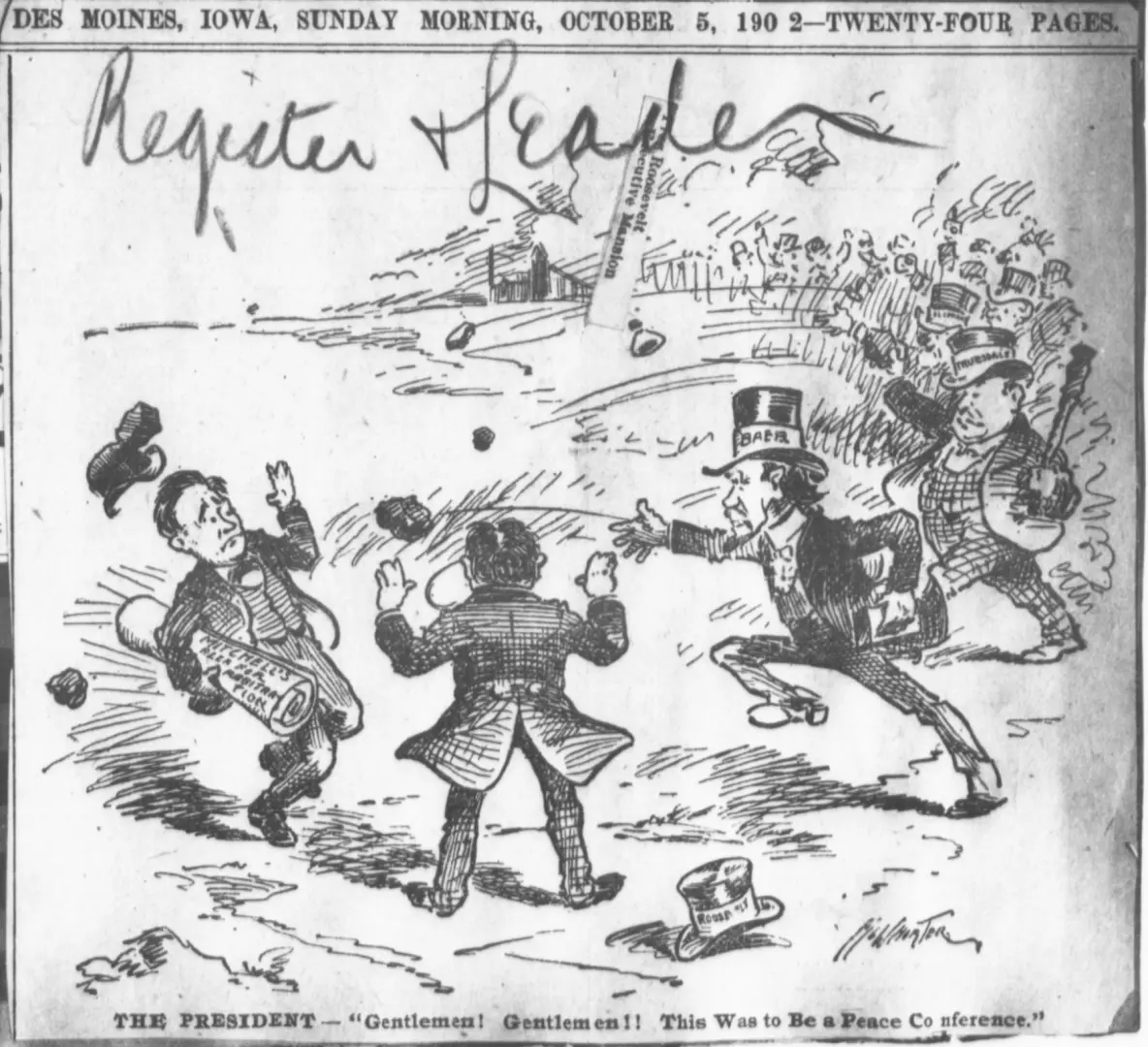
THEODORE ROOSEVELT ESTABLISHES PELICAN ISLAND AS A BIRD REFUGE
In the late 1800s, many waterfowl like brown pelicans, snowy egrets, and roseate spoonbills were being hunted for their feathers to use in ladies’ hats and gentlemen’s salmon flies. Two bird protection advocates Frank H. Chapman and William Dutcher visited Theodore Roosevelt, then 44 years old, to persuade him to protect Pelican Island, the last brown pelican rookery on Florida’s east coast. On March 14, 1903, Roosevelt did just that, signing an executive order to establish Pelican Island as a federal bird reservation, the first national wildlife refuge.
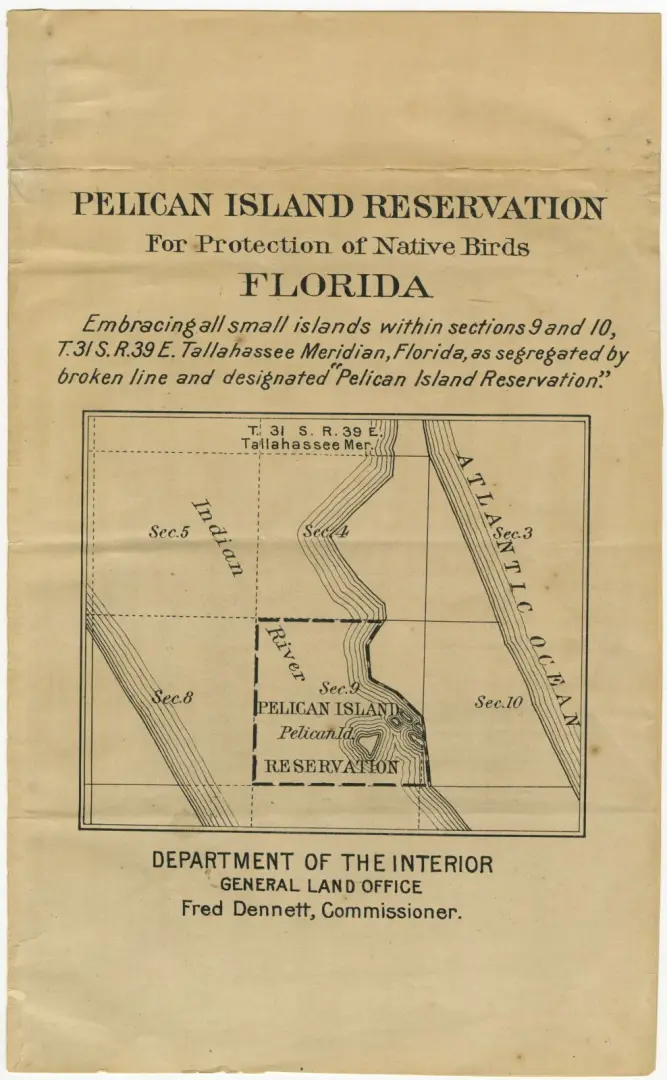
THEODORE ROOSEVELT IS ELECTED PRESIDENT IN HIS OWN RIGHT
In 1904, Theodore Roosevelt ran for president in his own right, selecting Charles W. Fairbanks of Indiana as his running mate. Just a few weeks after his forty-sixth birthday, Roosevelt won a landslide victory, carrying every Northern and Western state. He was the first Republican to carry the state of Missouri since Ulysses S. Grant in 1868. Roosevelt won the election with 56.4 percent of the popular vote—the largest recorded between James Monroe’s uncontested reelection in 1820 and the election of Warren G. Harding in 1920.
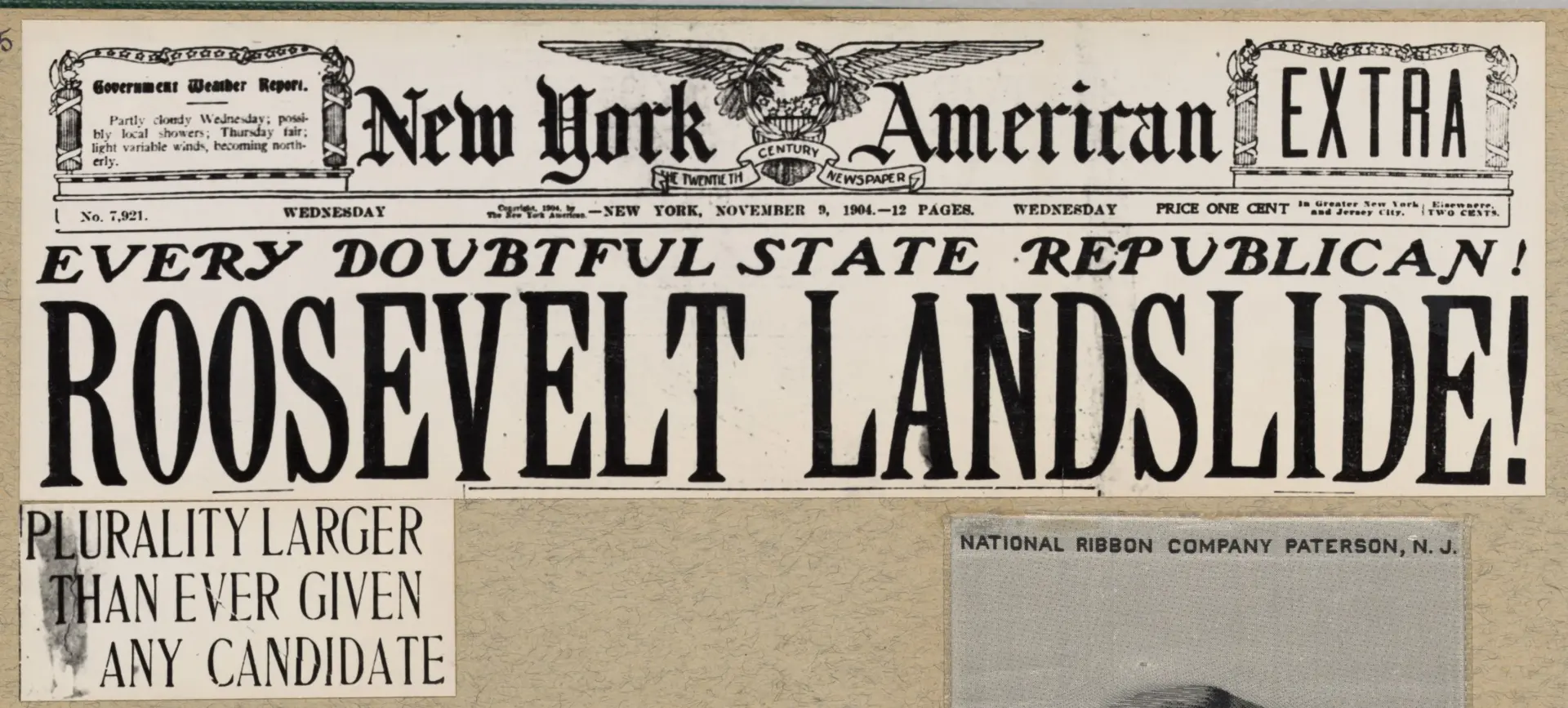
THE US FOREST SERVICE IS ESTABLISHED
Although offices relating to forests had existed in the federal government prior to the establishment of a dedicated agency to managed forest reserves, the Transfer Act of 1905 officially created the US Forest Service under the Department of Agriculture. Theodore Roosevelt, then 46 years old, made Gifford Pinchot the first US Chief Forester. Throughout his presidency, Roosevelt was dedicated to the health and wellbeing of forests, establishing 150 national forests.

THEODORE ROOSEVELT IS THE FIRST PRESIDENT TO RIDE IN A SUBMARINE
Theodore Roosevelt never shied away from adventure. When given the opportunity on August 25, 1905, to ride in the USS Plungersubmarine, 46-year-old Roosevelt jumped at the chance. Although the bay near Sagamore Hill was covered with whitecaps and it was raining heavily, Roosevelt joined the seven-man crew of the Plunger in the sixty-foot-long vessel. At one point during the nearly three-hour trip, Lieutenant Nelson, the commander of the submarine, turned off the lights when they were 30 feet below to the surface to demonstrate how it could be operated in complete darkness.

THEODORE ROOSEVELT SIGNS THE ANTIQUITIES ACT, THE FIRST US LAW TO PROVIDE GENERAL PROTECTION OF CULTURAL AND NATURAL RESOURCES
In the late 1800s, desecration and destruction of Indigenous artifacts, particularly in the Southwest, had started to become a serious problem. Several US representatives and senators worked to establish legislation that would protect these sites, resulting in the Act for the Preservation of American Antiquities—known as the Antiquities Act. On June 8, 1906, 47-year-old President Theodore Roosevelt signed the bill into law, which gave the president the authority to establish national monuments. Throughout the last few years of his presidency, Roosevelt established 18 national monuments.
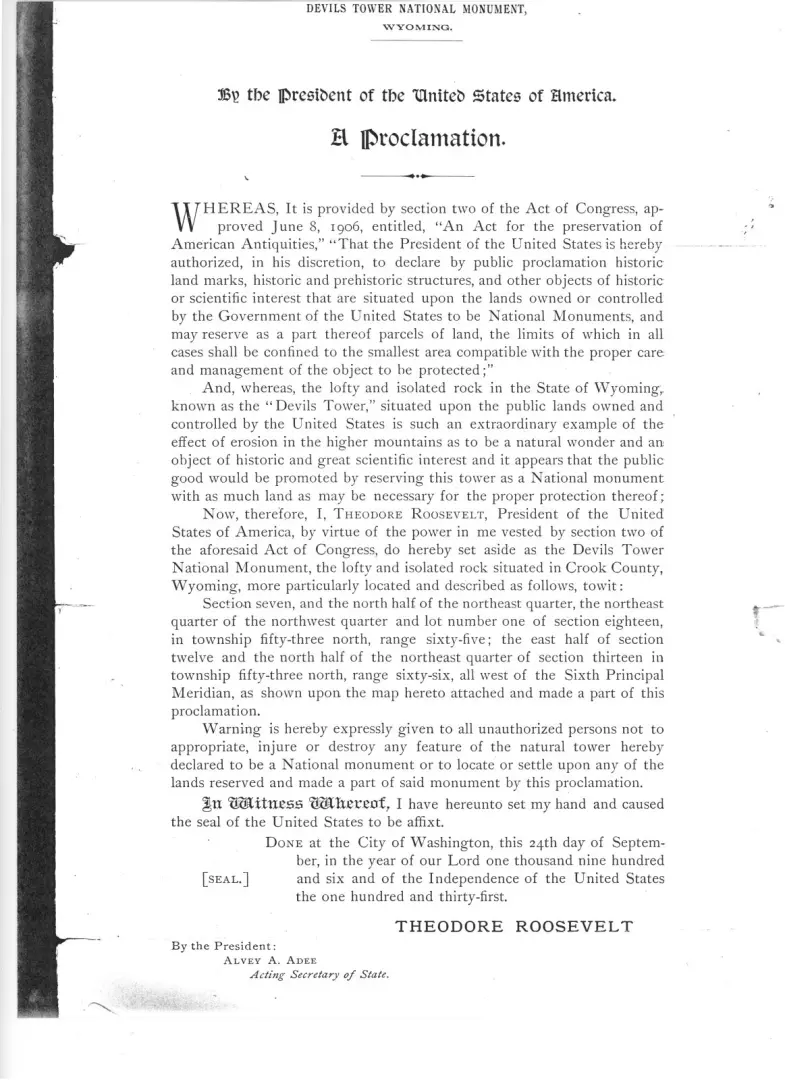
THEODORE ROOSEVELT SIGNS THE PURE FOOD AND DRUG ACT, KNOWN AS DR. WILEY’S LAW
As families moved away from farms and to cities in the late 1800s, the quality of food began to decrease with egregious examples like using formaldehyde to preserve food. In February 1906, Upton Sinclair published The Jungle, which detailed the unsanitary conditions of the meatpacking industry. Aided by Dr. Harvey Washington Wiley, the Chief Chemist of the Bureau of Chemistry at the Department of Agriculture, 47-year-old President Theodore Roosevelt urged Congress to pass a pure food bill. On June 30, 1906, Roosevelt signed the Pure Food and Drug Act into law.
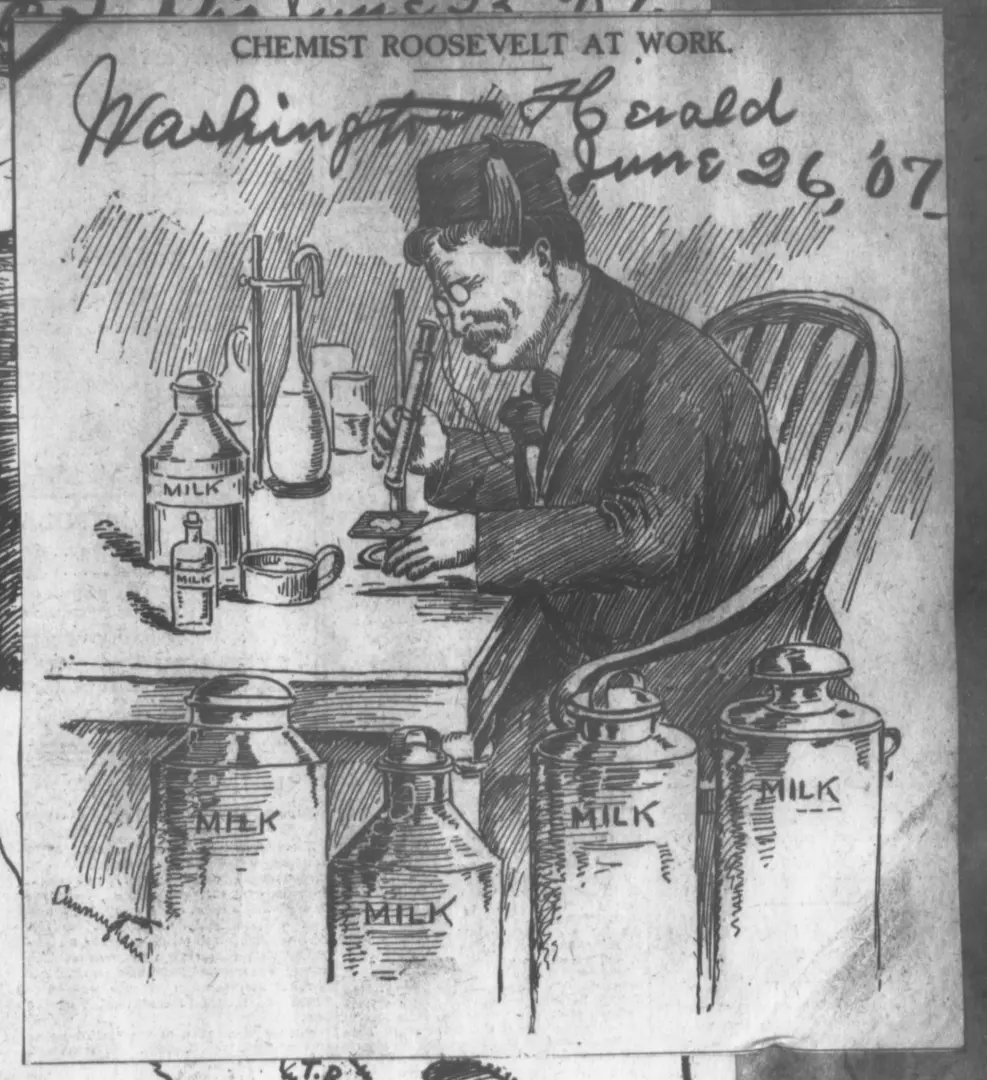
THEODORE ROOSEVELT IS THE FIRST PRESIDENT TO TRAVEL OUTSIDE THE UNITED STATES DURING HIS PRESIDENCY, VISITING THE PANAMA CANAL ZONE
On November 9, 1906, President Theodore Roosevelt left the United States for a 17-day trip to Panama and Puerto Rico. He had just celebrated his forty-eighth birthday. Arriving in Panama on November 14, Roosevelt became the first president in office to travel to a foreign country. When he visited the construction site for the Panama Canal, he rode in a large steam shovel on November 16, 1906, a moment captured by a well-known photograph.
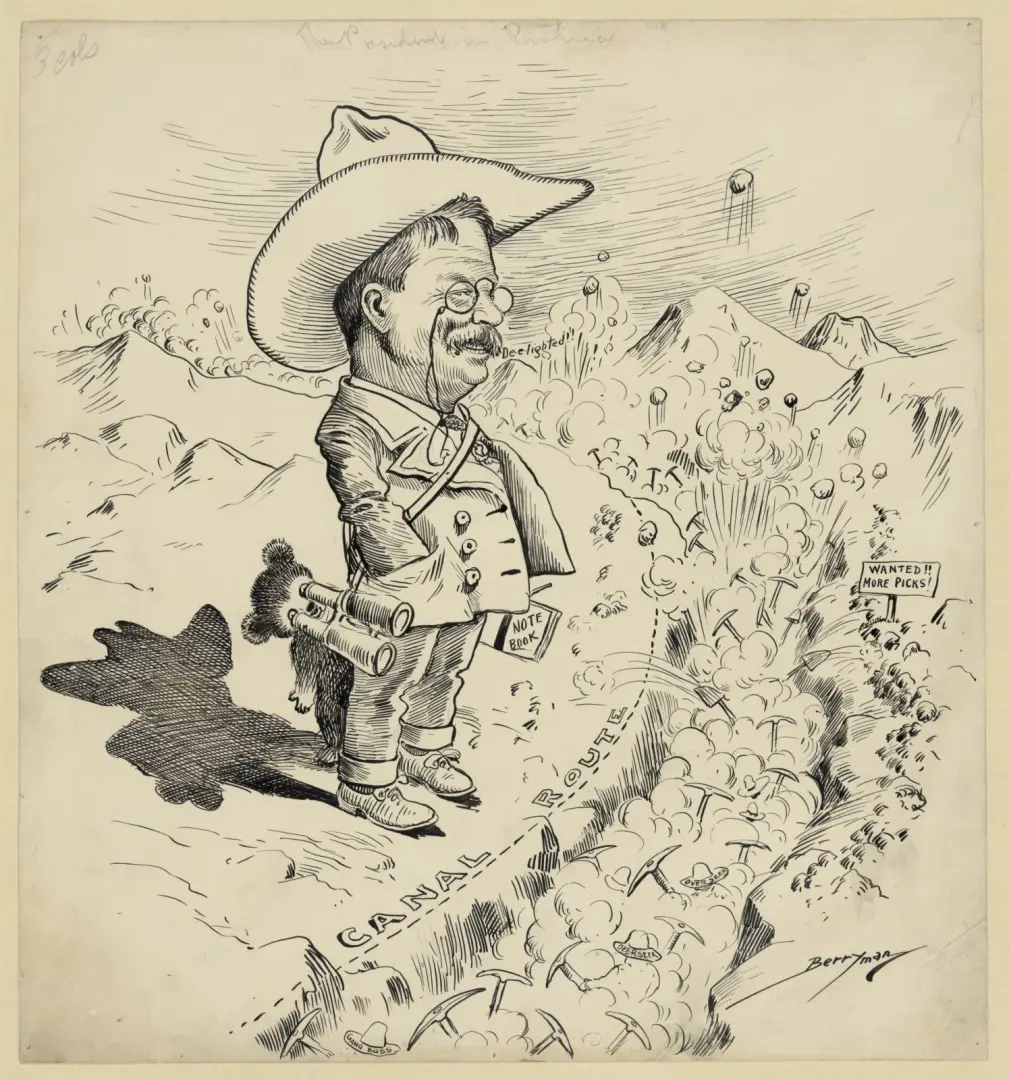
THEODORE ROOSEVELT IS AWARDED THE NOBEL PEACE PRIZE FOR HIS EFFORTS TO END THE RUSSO-JAPANESE WAR
From 1904 to 1905, the Russo-Japanese War was fought between the Russian Empire and the Empire of Japan. Due in part to efforts of President Theodore Roosevelt, Russian and Japanese leaders agreed to meet in Portsmouth, New Hampshire, to negotiate an end to the war, resulting in the Treaty of Portsmouth signed on September 5, 1905. Just over a year later, 48-year-old Roosevelt became the first American to win the Nobel Peace Prize, announced on December 10, 1906. Roosevelt was not able to collect the prize himself and sent US Ambassador to Norway, Herbert H. D. Peirce, to accept on his behalf. A few years later in 1910, Roosevelt delivered his acceptance speech in Oslo, Norway. He did not keep the prize money.
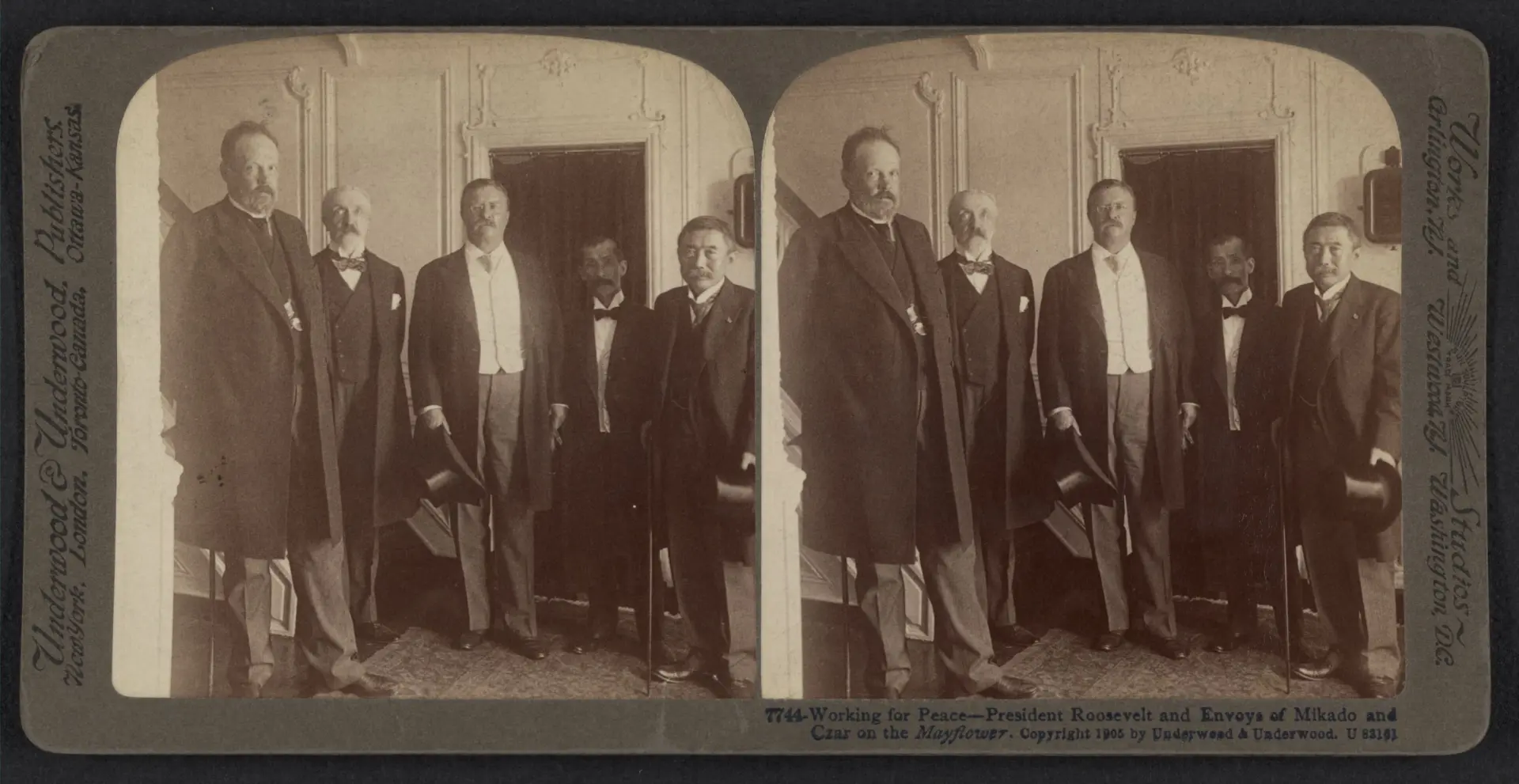
THEODORE ROOSEVELT SHAKES 8,513 HANDS, SETTING A GUINNESS WORLD RECORD
On New Year’s Day 1907, 48-year-old President Theodore Roosevelt shook the hands of 8,513 people at a White House reception. He had a way of pulling people forward as he shook their hands, which allowed him to shake hands more quickly.
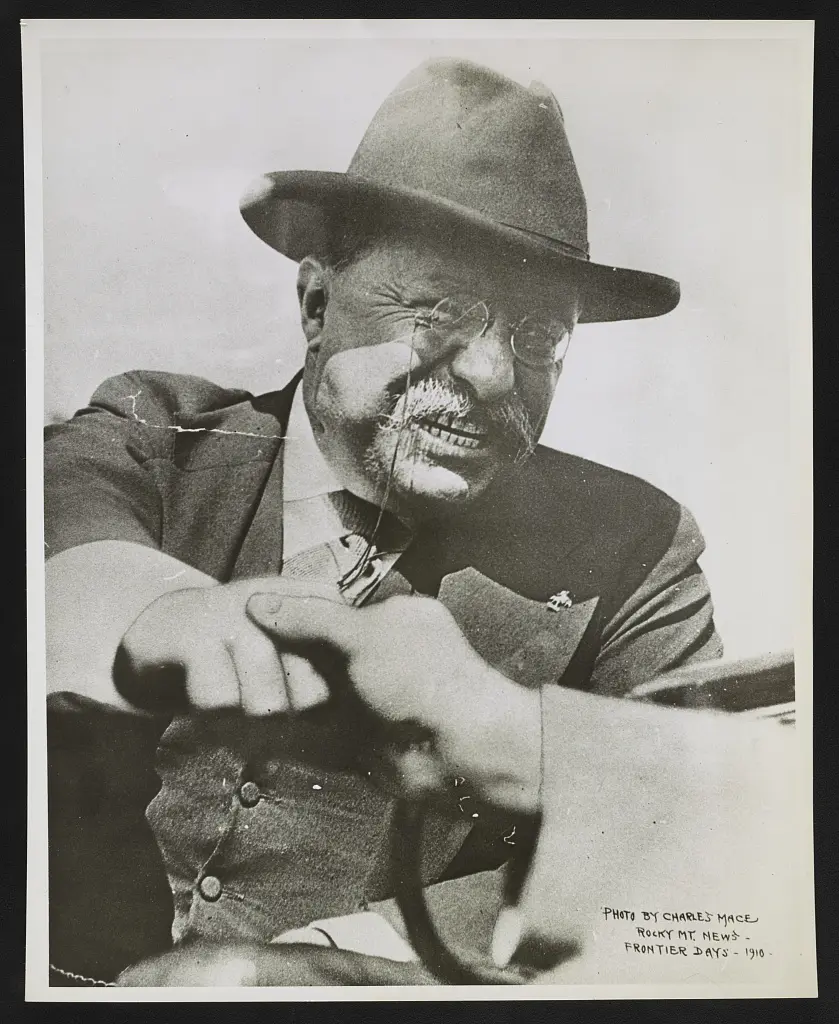
THEODORE ROOSEVELT SENDS THE GREAT WHITE FLEET AROUND THE WORLD
On December 16, 1907, sixteen new battleships that were part of the Atlantic Fleet departed from Hampton Roads, Virginia, to begin a 14-month circumnavigation of the globe. Later known as President Theodore Roosevelt’s “Great White Fleet” due to their white paint, the ships traveled around the world until February 22, 1909—just a few weeks before Roosevelt left office—demonstrating American sea power. Fourteen thousand sailors served on the ships, and the total voyage covered 43,000 miles.
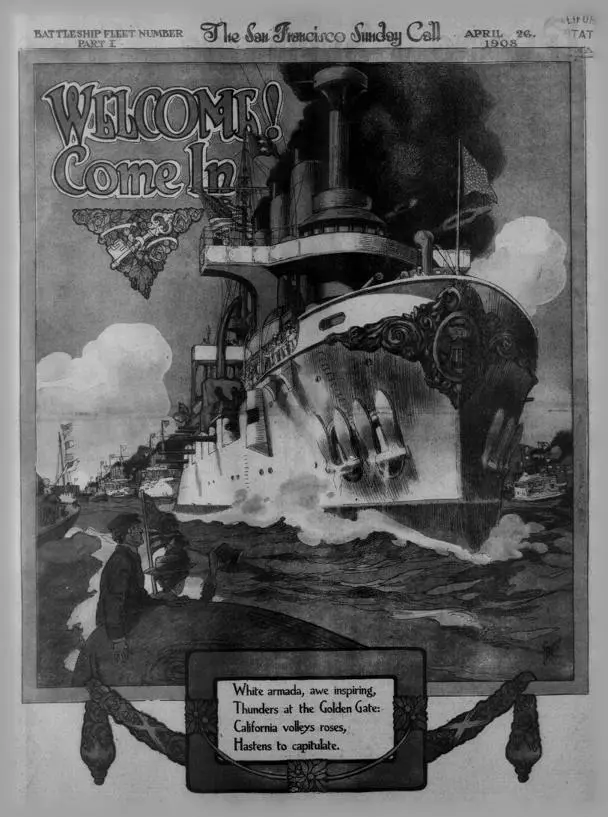
THEODORE ROOSEVELT HOSTS THE FIRST NATIONAL GOVERNORS CONFERENCE TO DISCUSS NATURAL RESOURCES
In 1908, 49-year-old President Theodore Roosevelt invited governors and political officials across the country to a three-day conference on the conservation of the natural resources in the United States held at the White House from May 13-15, 1908. This meeting was the first annual governors’ conference, which is now sponsored by the National Governors Association. Roosevelt delivered the opening address entitled “Conservation as a National Duty.” A month later in June, Roosevelt appointed the National Conservation Commission, a direct impact of the conference.
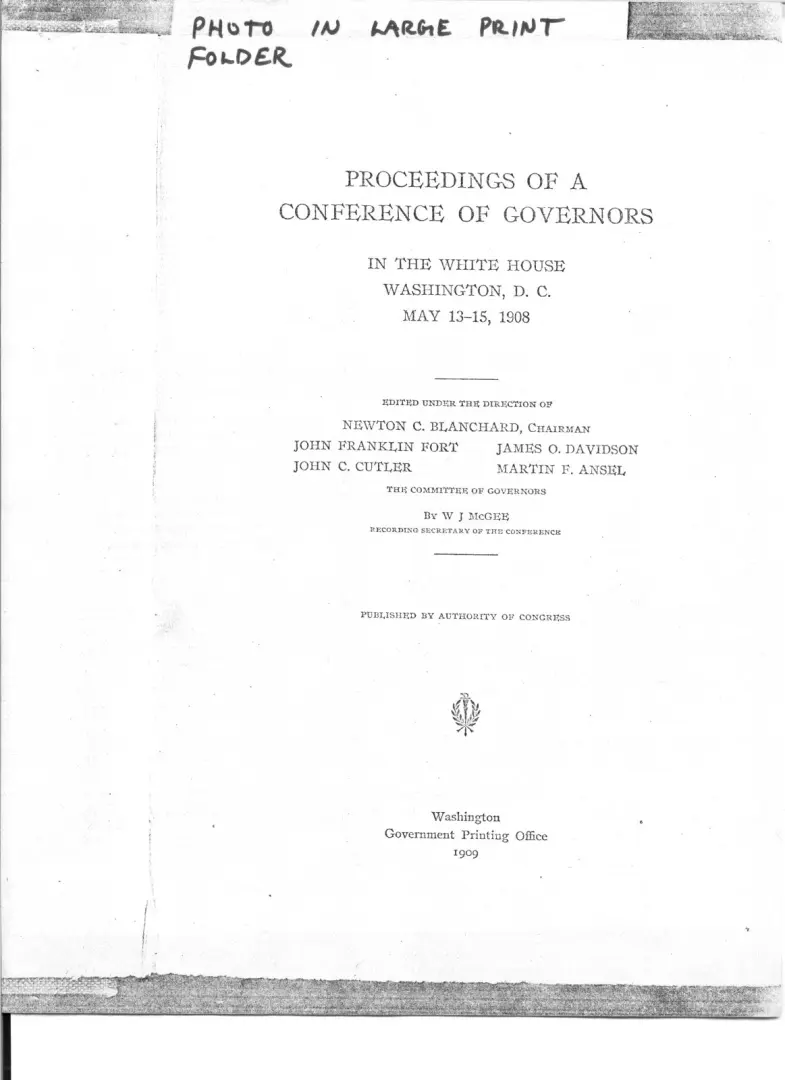
THEODORE ROOSEVELT DEPARTS ON A TRIP TO AFRICA WITH HIS SON KERMIT
Shortly after he left the office of president, Theodore Roosevelt embarked on a lengthy expedition on the continent of Africa on March 23, 1909, with a party that included his son, Kermit Roosevelt. The elder Roosevelt was 50 years old. The expedition spent almost a full year in British East Africa, the Belgian Congo, and Sudan and collected thousands of natural specimens for the Smithsonian Institution. Roosevelt also wrote about his experiences in monthly articles from Scribner’s Magazine that later became a book, African Game Trails.

THEODORE ROOSEVELT DELIVERS THE “MAN IN THE ARENA” SPEECH
After the conclusion of his trip to Africa, 51-year-old Theodore Roosevelt embarked on a tour of Europe, which included visits to Budapest, Oslo, and Vienna. His most famous speech was given at the Sorbonne in Paris, France, on April 23, 1910. Entitled “Citizenship in a Republic,” it is more popularly known as the “Man in the Arena” speech from its most famous line: “It is not the critic who counts; not the man who points out how the strong man stumbles, or where the doer of deeds could have done them better. The credit belongs to the man who is actually in the arena, whose face is marred by dust and sweat and blood; who strives valiantly; who errs, who comes short again and again, because there is no effort without error and shortcoming . . .”

THEODORE ROOSEVELT IS THE FIRST PRESIDENT TO FLY IN AN AIRPLANE NEAR ST. LOUIS
While campaigning in St. Louis, Missouri, for the Missouri State Republican Party, 51-year-old Theodore Roosevelt flew in a biplane with pilot Archibald Hoxsey. Roosevelt was the first president to fly in an airplane.
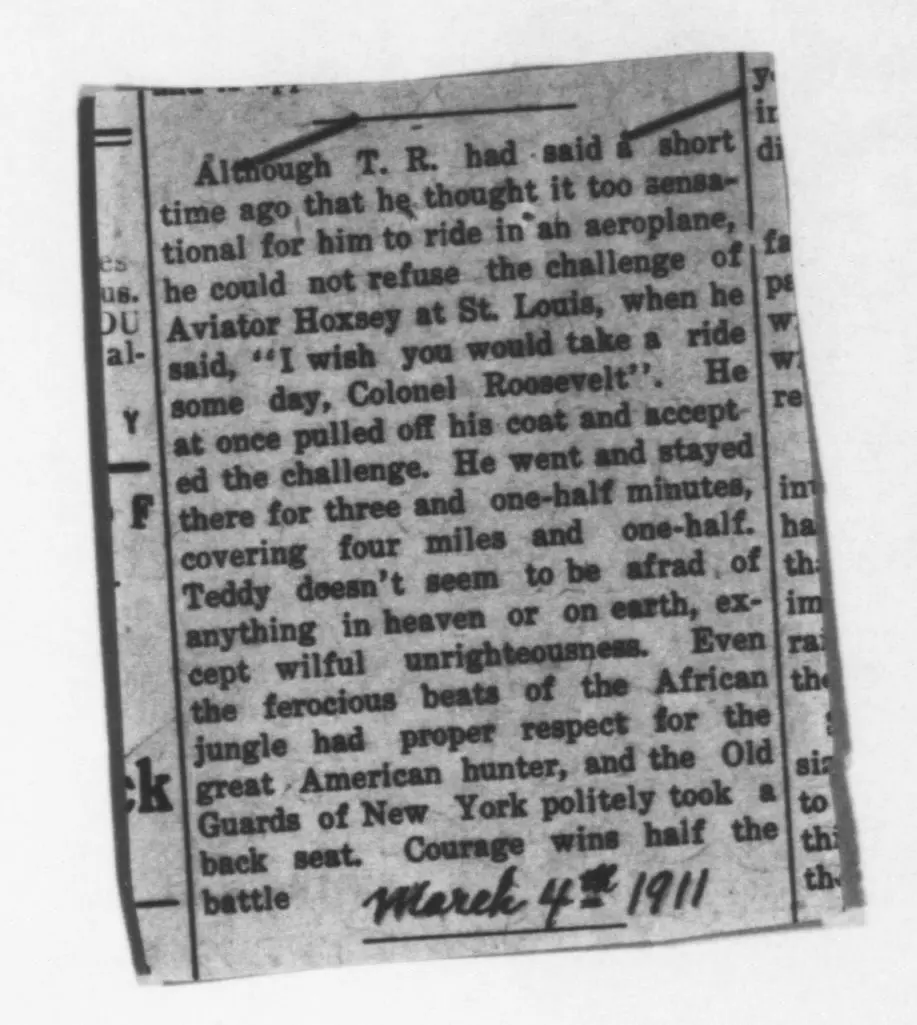
THEODORE ROOSEVELT ANNOUNCES HIS INTENTION TO RUN FOR PRESIDENT IN 1912, SAYING “MY HAT IS IN THE RING”
After winning the 1904 presidential election, Theodore Roosevelt had declared he would not run again, promoting the presidency of his cabinet member, William Howard Taft during the 1908 election. When Roosevelt returned home from his African safari in 1910, he began to express his doubts about Taft’s presidency. By late 1911, Roosevelt wrote privately to friends that he would run again if the people wanted him. But it was not until a local politician in Cleveland, Ohio, named W. F. Eirick asked 53-year-old Roosevelt on February 21, 1912, if he planned to run again that Roosevelt made his candidacy official saying, “My hat is in the ring.”
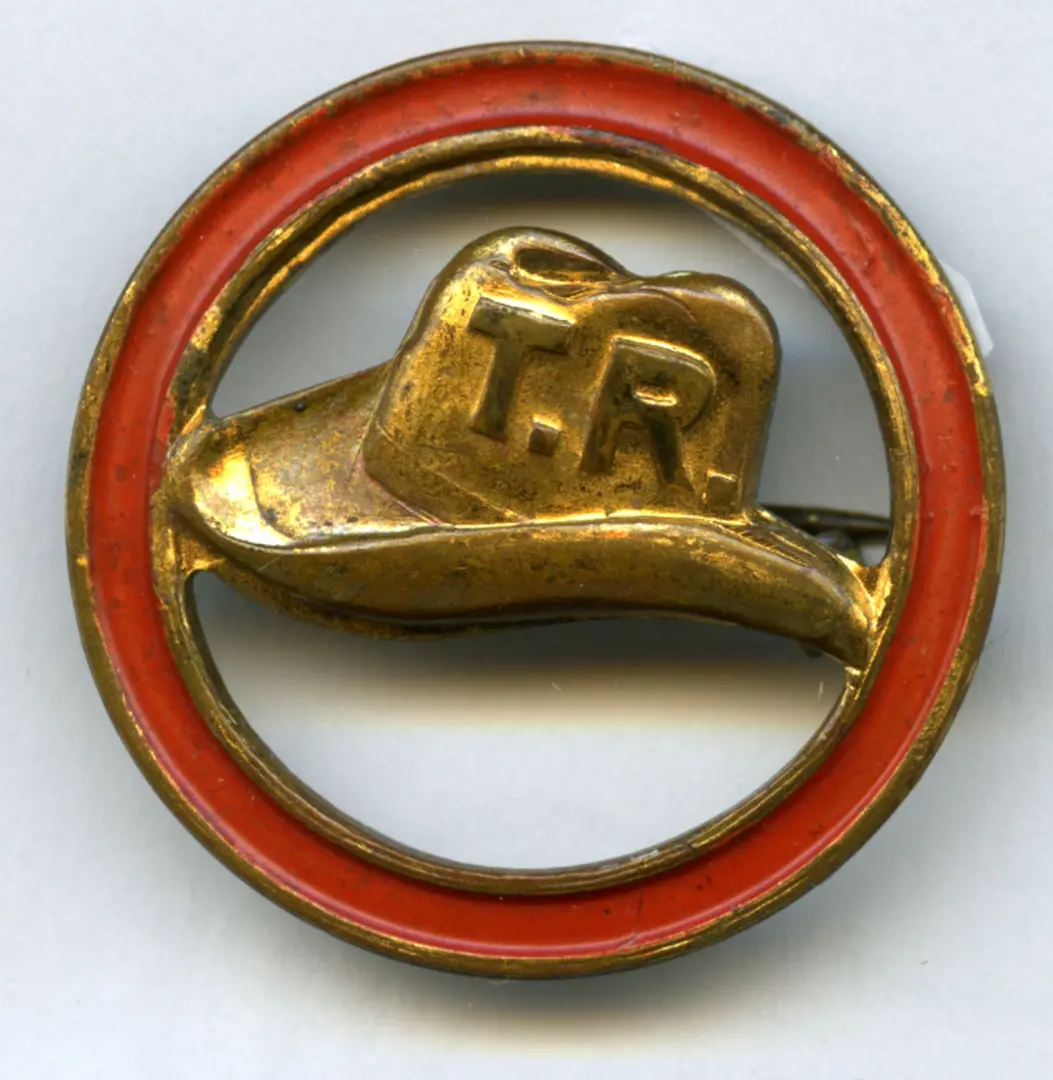
THEODORE ROOSEVELT IS SHOT WHILE CAMPAIGNING IN MILWAUKEE, WISCONSIN
As 53-year-old Theodore Roosevelt greeted the public before his scheduled campaign speech in Milwaukee, Wisconsin, John Schrank shot Roosevelt straight at his heart. Roosevelt’s thick manuscript for his speech and his glasses case helped slow the force of the .32-caliber bullet. Roosevelt, realizing that he was not in mortal danger, gave his speech as planned, saying at the beginning of his remarks after displaying the manuscript nicked by the bullet, “I do not know whether you fully understand that I have just been shot, but it takes more than that to kill a Bull Moose.” Roosevelt spoke for 50 minutes before heading to the hospital.
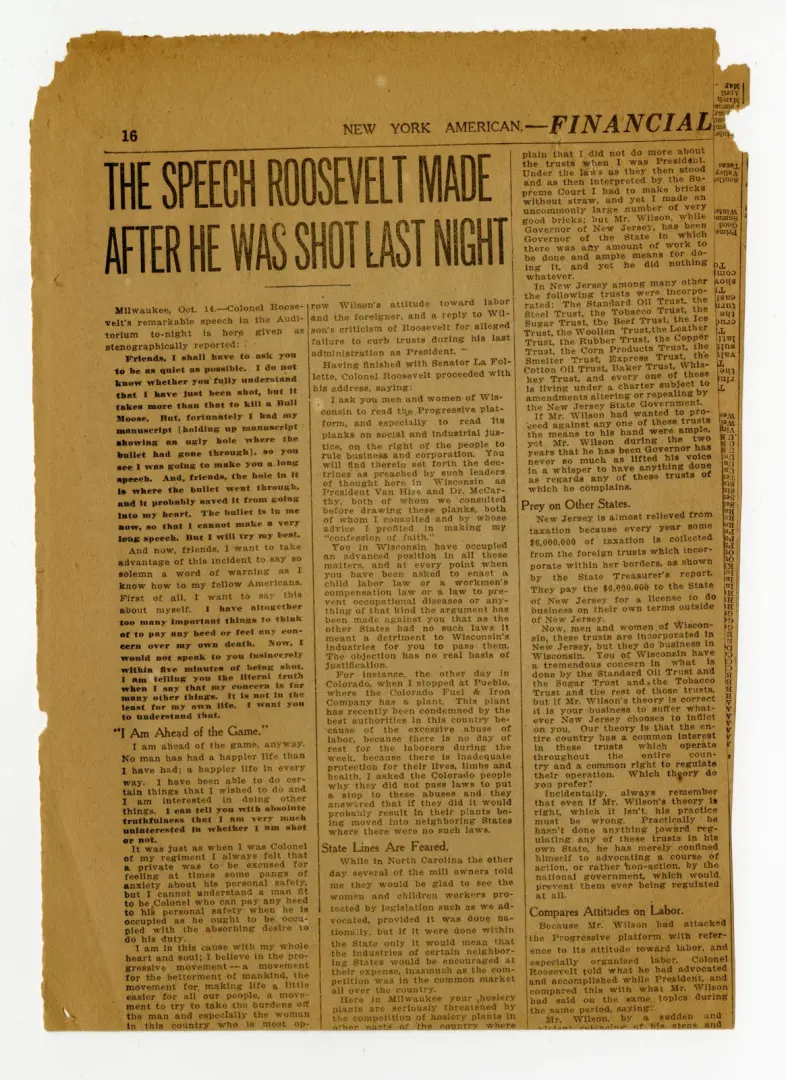
THEODORE ROOSEVELT LOSES THE PRESIDENTIAL ELECTION TO WOODROW WILSON
Just shortly after his fifty-fourth birthday, Theodore Roosevelt lost the 1912 presidential election to Woodrow Wilson, who won 40 states, 435 electoral votes, and 41.8 percent of the popular vote. Roosevelt finished second with six states, 88 electoral votes, and 27 percent of the vote, making him the most successful third-party candidate in American history.
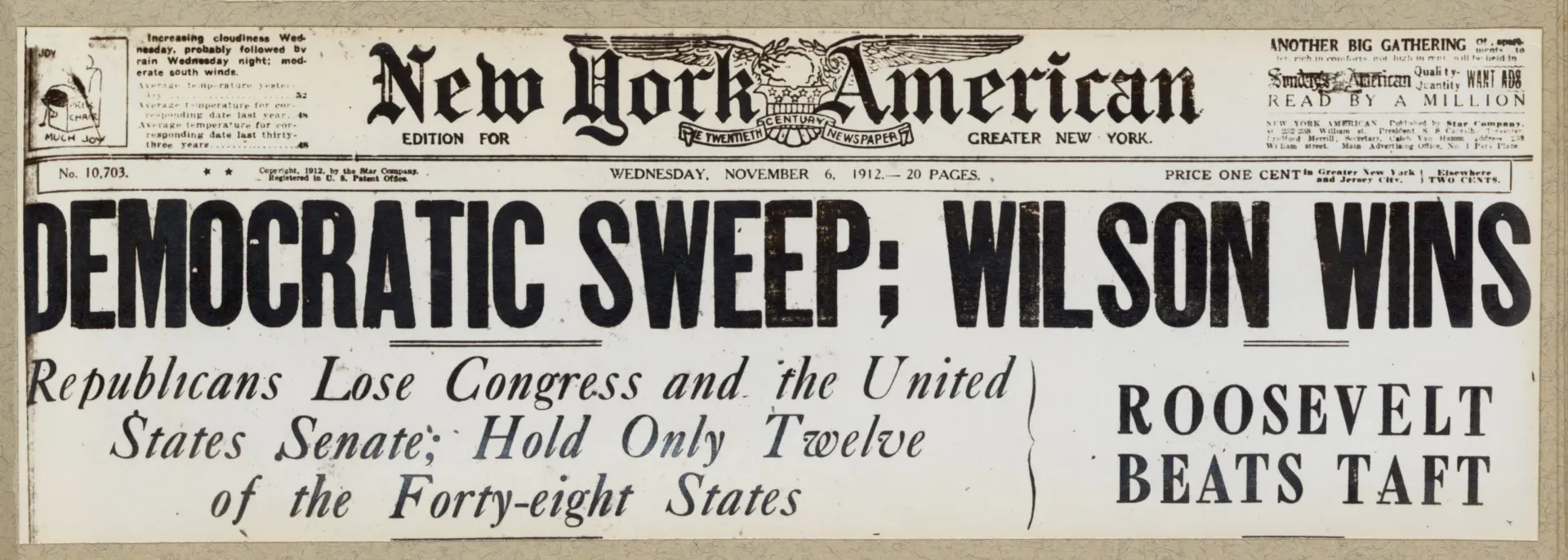
THEODORE ROOSEVELT EXPLORES THE RIVER OF DOUBT IN BRAZILIAN AMAZON WITH CÂNDIDO MARIANO DA SILVA RONDON DURING THE ROOSEVELT-RONDON SCIENTIFIC EXPEDITION
After his failed run for a third presidential term, Theodore Roosevelt received an offer in February 1913 for a speaking tour in South America. He decided to combine this tour with a boat trip into sparsely populated areas in the Brazilian rainforest via well-known and navigable rivers. After arriving in Brazil, however, a Brazilian military officer suggested descending an unknown river: Rio da Dúvida, the River of Doubt. Together Roosevelt, his Brazilian counterpart expedition leader, Cândido Mariano da Silva Rondon, and twenty other men on the expedition, including Roosevelt’s son Kermit, pushed off just past noon on February 27, 1914. Roosevelt was 55 years old.
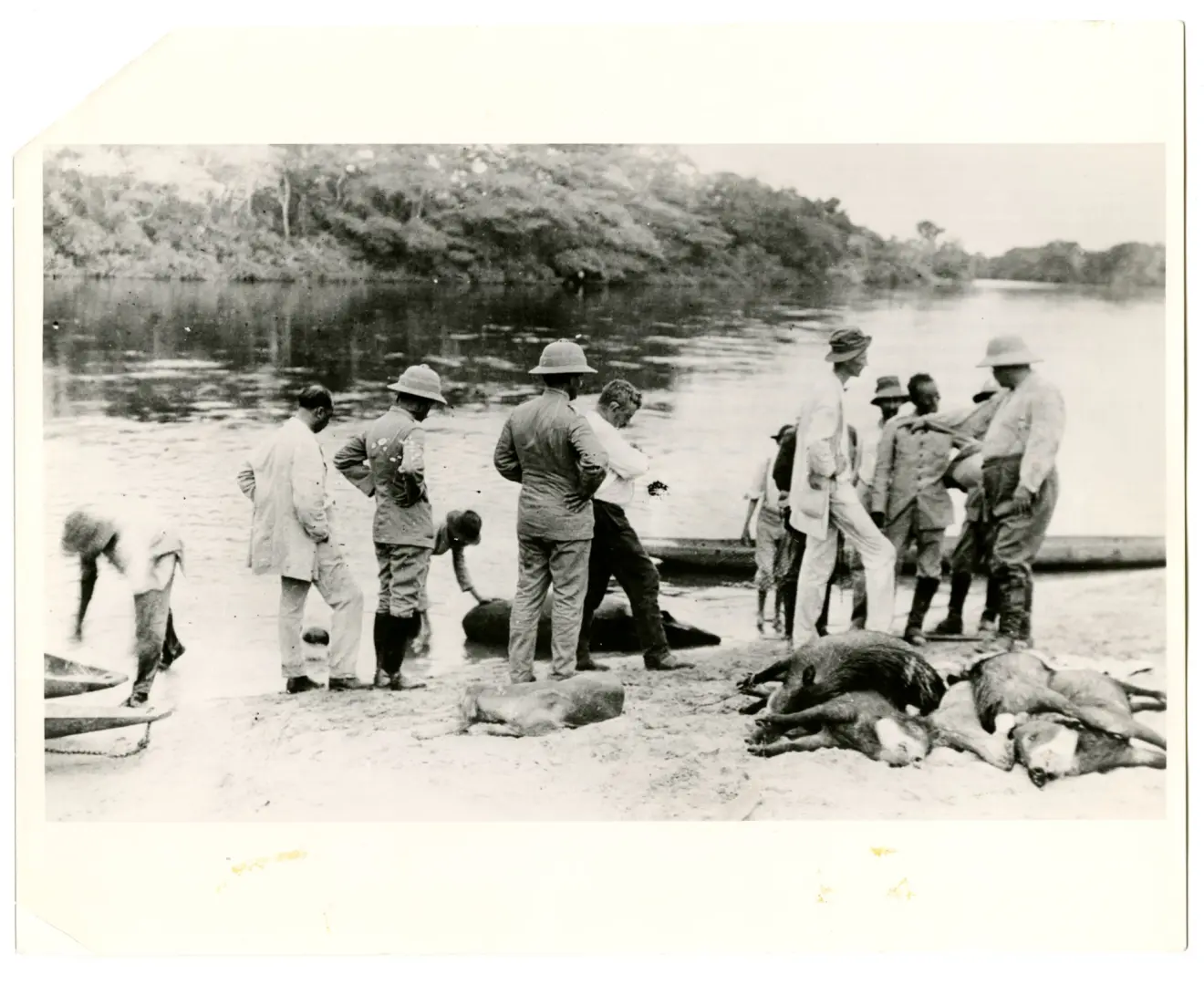
QUENTIN ROOSEVELT IS KILLED DURING THE FIRST WORLD WAR
After the United States entered World War I, Quentin Roosevelt joined his three brothers in the military, dropping out of Harvard College to join the US Army Air Service. Quentin had been in combat for only nine days when he was shot down in his Nieuport 28 on Bastille Day—July 14, 1918—near Chamery, France. For several days after Quentin’s death, the Roosevelt family only knew that he had been reported missing. After learning of his death, 59-year-old Theodore Roosevelt wrote a letter to General P. C. March indicating the wish of the family for Quentin’s body to remain in France saying, “Where the tree falls, there let it lie.”
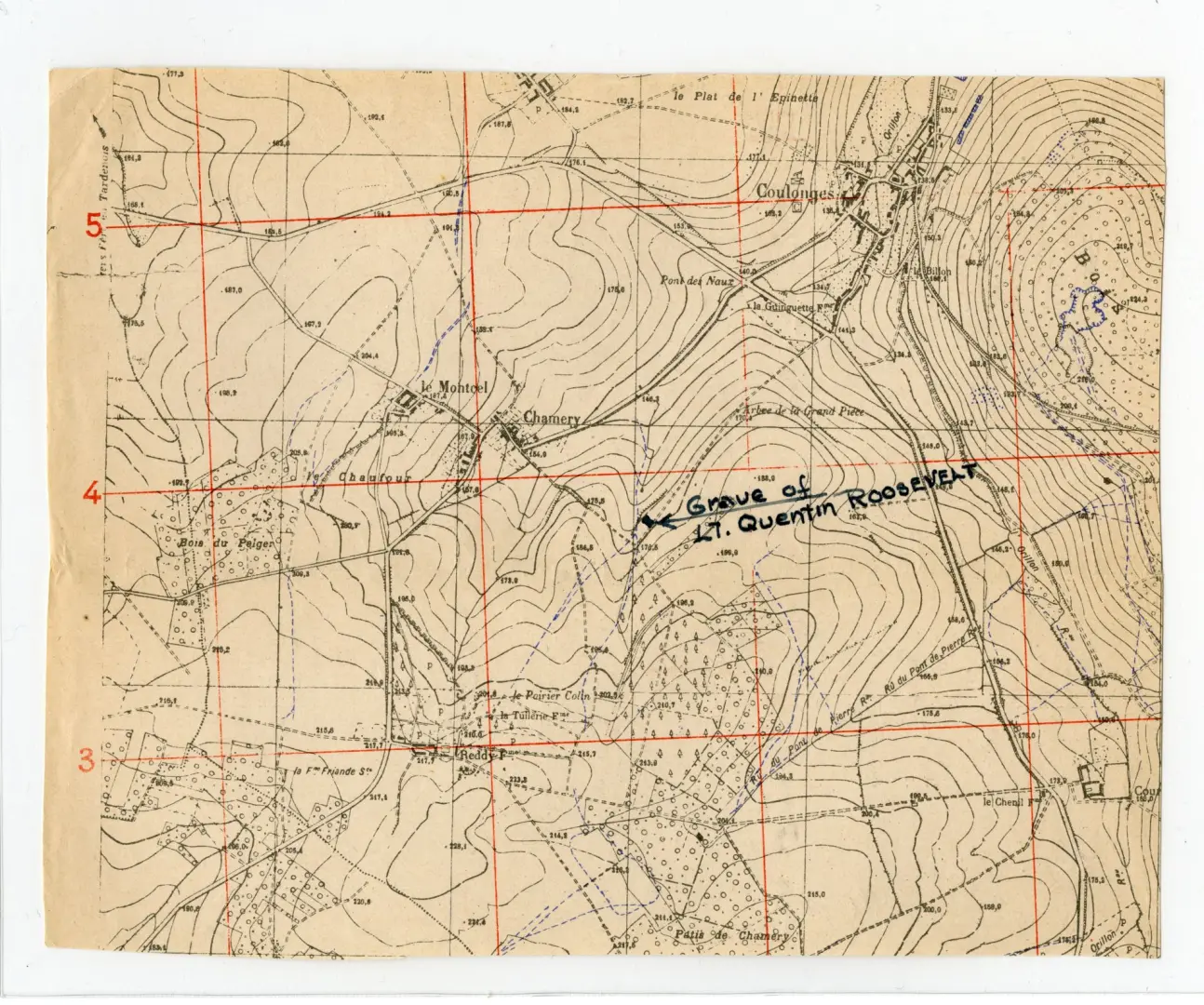
THEODORE ROOSEVELT DIES IN HIS SLEEP AT 4:15 A.M. AT SAGAMORE HILL
Three weeks before his death, 60-year-old Theodore Roosevelt had suffered from a pulmonary embolism and was treated at Roosevelt Hospital. After what doctors believed was a thorough recovery, he was sent home to spend Christmas with his family. The day before his death, Roosevelt was dictating letters, working on editorial articles for the Kansas City Star, and authoring an article for Metropolitan Magazine. The last thing he did before going to sleep was write a long letter to his son Ted, enclosing proofs of his article for Metropolitan. Roosevelt’s last words were addressed to his butler, James Amos, “Please put out that light, James.” Roosevelt’s wife Edith checked on him at 2:00 a.m. on January 6, and everything seemed fine. However, Amos noticed a difference in Roosevelt’s breathing around 4:00 a.m. and summoned a nurse and a doctor. Roosevelt was pronounced dead by 4:15 a.m. with the immediate cause of death stated as a blood clot.
